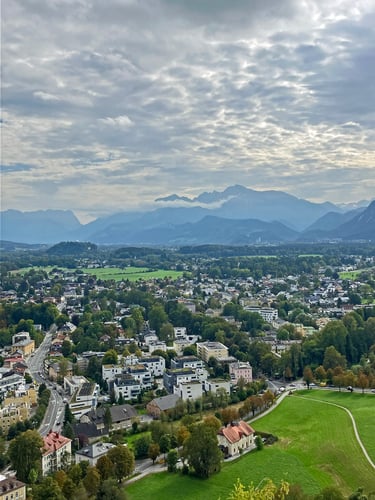
Budapest Travel Guide
So you're planning a trip to Budapest? Dive into our comprehensive Budapest travel guide covering everything you need to know about the Paris of the East and the must-do experiences awaiting you.
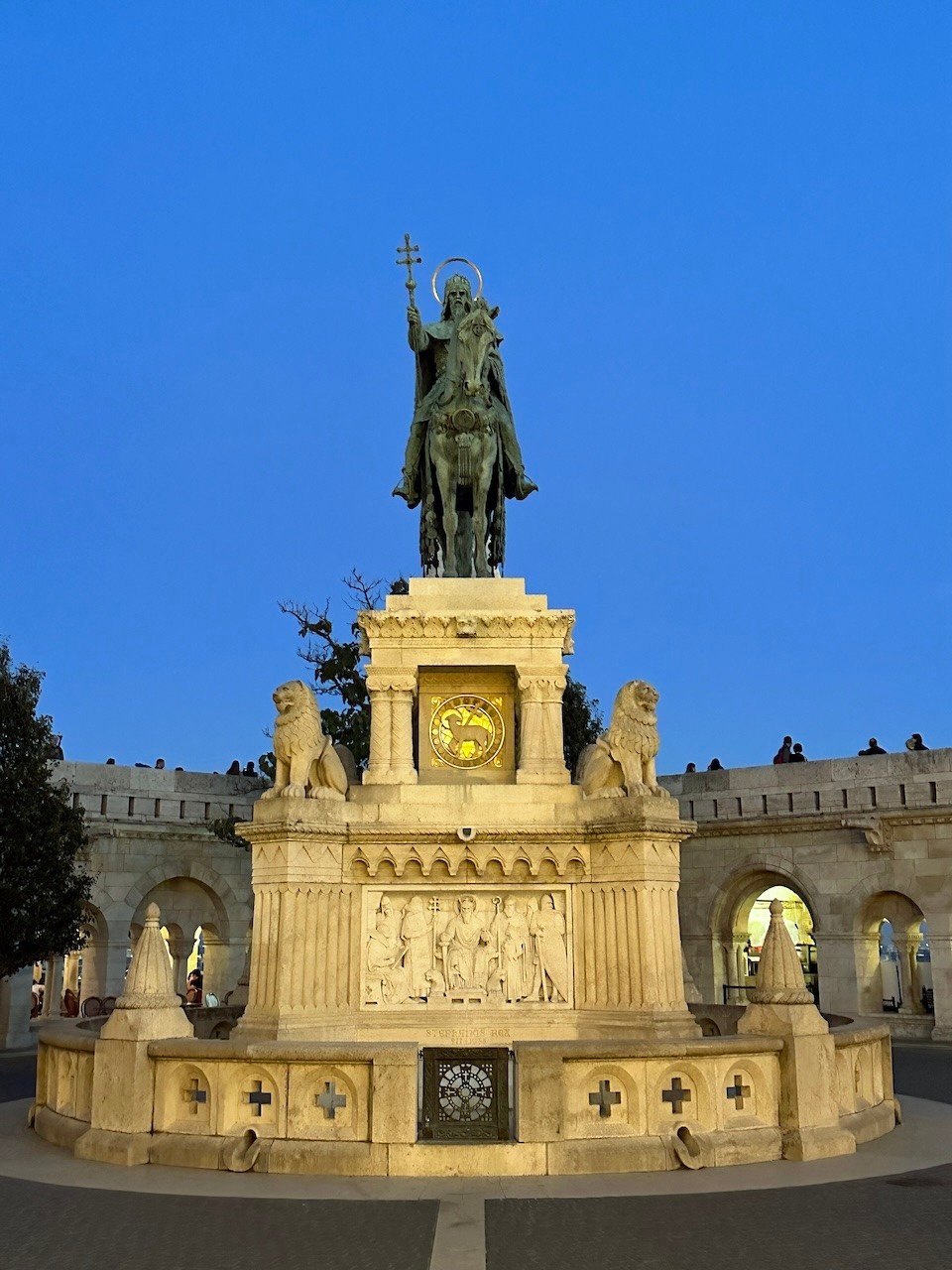
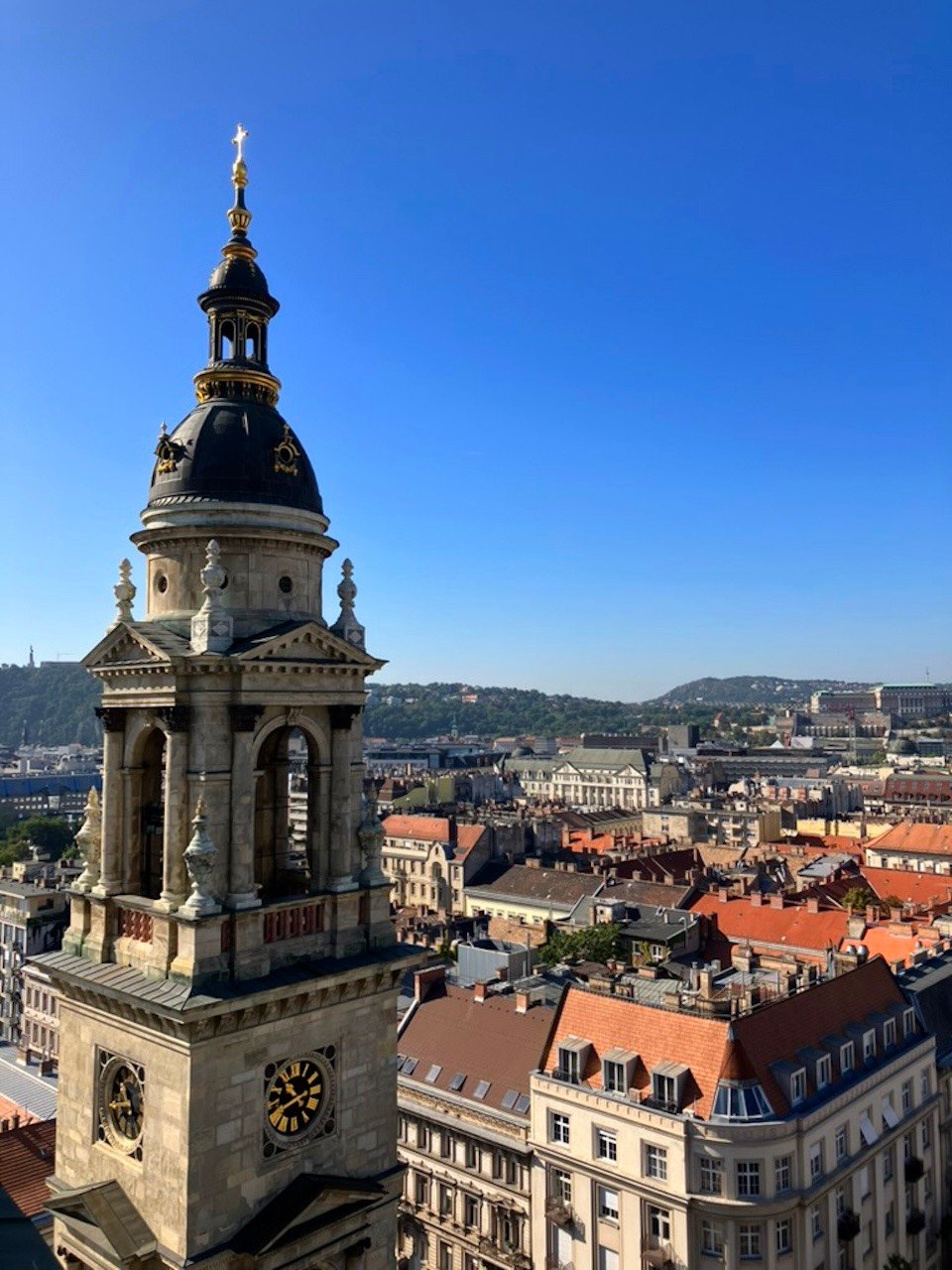
Budapest Travel Guide
An Introduction
Nestled along the banks of the Danube River, Budapest is a city of striking contrasts, where old-world splendor meets communist-era grit and modern vibrancy. Known as the "Pearl of the Danube" and the "Paris of the East," the Hungarian capital is a breathtakingly beautiful, offering a blend of history, architecture, and culture for its visitors.
Budapest’s history spans more than a thousand years. The area was originally settled by the Celts before becoming a significant outpost of the Roman Empire, known as Aquincum. In the 9th century, the Magyar tribes arrived, laying the foundation for what would become the Kingdom of Hungary. Over the centuries, Budapest played a central role in European history, experiencing periods of prosperity and hardship, from the medieval Hungarian monarchy to the Ottoman occupation, and later the Austro-Hungarian Empire.
The city as we know it today was officially formed in 1873, when the separate cities of Buda, Pest, and Óbuda were united into one. This period marked a golden age for Budapest, as it flourished under the Austro-Hungarian Empire, rivaling Vienna in grandeur. Many of Budapest’s most iconic buildings, including the Hungarian Parliament and the Chain Bridge, were constructed during this time, solidifying its reputation as one of Europe's most beautiful capital cities.
The 20th century brought both devastation and renewal to Budapest. Budapest faced immense hardship during World War II, with the brutal Siege of Budapest leaving much of the city in ruins and the Holocaust claiming the lives of over half a million Hungarian Jews. After the war, Hungary fell to communism and in the following decades, Hungary remained under Soviet control. In the 1960s, however, Hungary adopted a more moderate form of communism known as Goulash Communism, which allowed limited economic reforms and a somewhat improved standard of living compared to other Eastern Bloc countries. Despite this, political repression and censorship persisted. Since the fall of communism in 1989, Budapest has undergone a remarkable transformation, reclaiming its place as a cultural and economic powerhouse in Central Europe. Here are some more facts you may not know about Budapest:
- Budapest has a third nickname aside from the "Pearl of the Danube" and the "Paris of the East," often called the "City of Spas," thanks to its abundance of natural thermal springs. These baths, such as Széchenyi Thermal Bath and Gellért Bath, offer not only relaxation but also a glimpse into Budapest's history of wellness and healing culture.
- The Chain Bridge, spanning the Danube River, is not only a vital transportation link but also an iconic symbol of Budapest. Built in the 19th century, it was the first permanent bridge connecting Buda and Pest, uniting the two distinct halves of the city.
- Budapest is famous for its ruin bars, which are located in formerly abandoned, dilapidated buildings in the Jewish Quarter. The most famous of these, Szimpla Kert, pioneered the concept and features eclectic décor, live music, and an unbeatable atmosphere.
Budapest Travel Guide: Quick Tips
Budapest Travel Guide: When to Visit
Curious about the optimal time to visit Budapest? Below are our insights on what each season has in store for your trip.
Winter (December - February): Christmas Markets & Low Season
Weather: Cold, often below freezing, with occasional snowfall. Average temperatures range between 30°F to 41°F (-1°C to 5°C).
Crowds & Tourism: The winter months are less crowded than other seasons, with the exception of December, when Christmas markets attract a lot of visitors to Budapest. The Christmas markets generally begin in mid-November and run until December 31, annually. Two of the largest Christmas markets in Budapest are in front of St. Stephen's Basilica and in Vörösmarty Square. January and February are much quieter, making it a great time to visit, so long as you do not mind the cold, in order to enjoy lower hotel prices and fewer tourists. The thermal baths are extra cozy in winter!
Spring (March - May): Pleasant Weather & Spring Blooms
Weather: Mild and pleasant, with temperatures between 46°F to 68°F (8°C and 20°C). Trees and flowers start blooming, and the city’s parks turn green.
Crowds & Tourism: Crowds are larger in spring than in January and February, but remain manageable. Easter brings a small spike in visitors. Beautiful cherry blossoms can be seen at the Füvészkert Botanical Garden every April. Spring also brings Easter markets to Budapest! For additional information as to what to expect when visiting Budapest in springtime, particularly around Easter, we recommend this blog from our affiliate partner, GetYourGuide.
Summer (June - August): Peak Season
Weather: Hot and sunny, with temperatures between 64°F to 95°F (18°C and 35°C). Occasional heat waves may occur.
Crowds & Tourism: Summer is peak tourist season in Budapest, so you can expect long lines at attractions, higher prices for hotels, and packed streets, especially near Buda Castle, Fisherman’s Bastion, and Hungarian Parliament. Danube River cruises are also in full swing, so expect a lot of day-trippers in the city center. The Sziget Festival takes place each August, one of Europe's largest music festivals, attracting additional crowds.
Autumn (September - November): Beautiful Fall Foliage
Weather: Pleasant and crisp, with temperatures between 50°F to 72°F (10°C and 22°C) in September but cooling down to 32°F to 50°F (0°C to 10°C) by November. Beautiful fall foliage.
Crowds & Tourism: Autumn is less crowded than summer but still lively. September and early October are ideal for sightseeing without the summer heat.
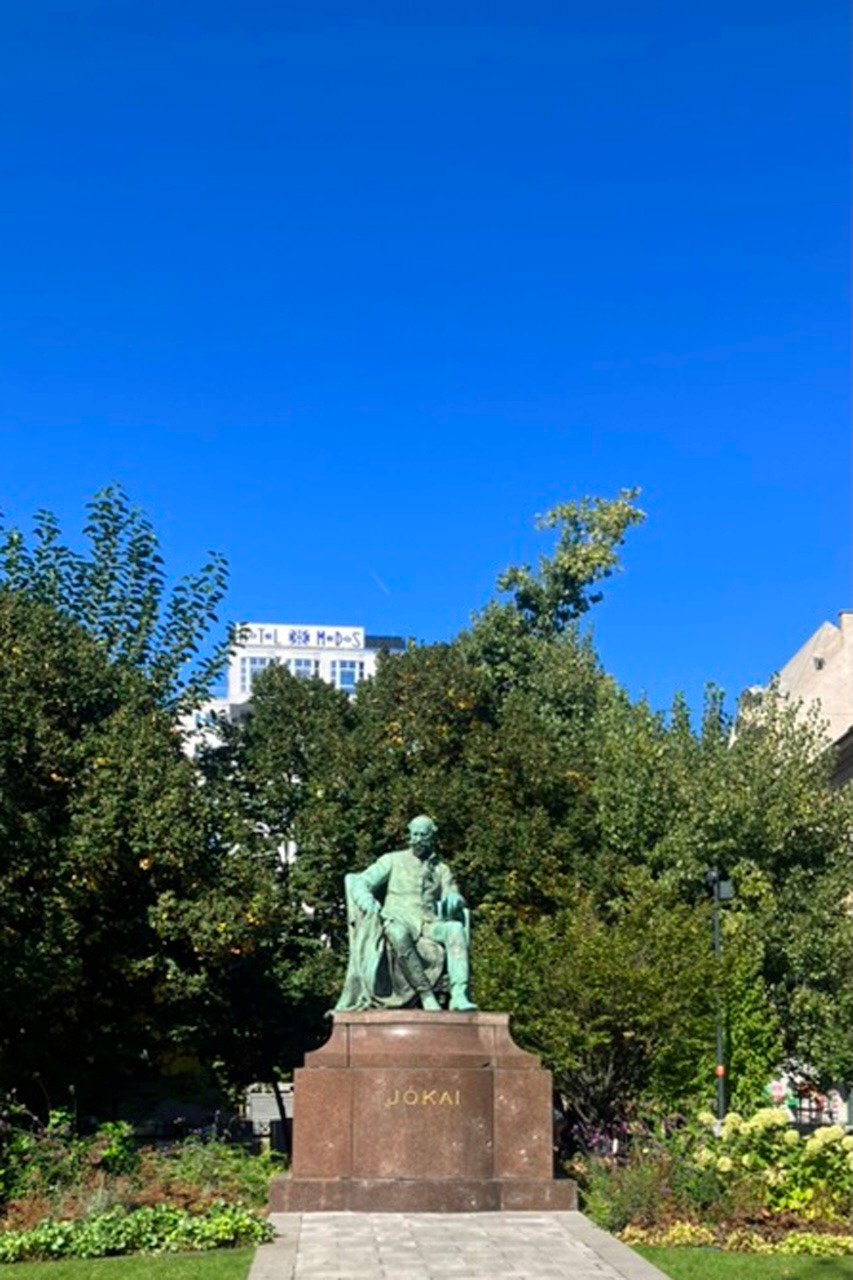
Budapest Travel Guide: Money
Wondering about currency and money matters in Budapest? Don't fret! Our guide has got you covered with all the essential information to navigate transactions smoothly during your travels.
Currency
Hungary's currency is the forint (Ft, HUF). For general conversion purposes, know that $1.00 USD is equal to approximately 365 Ft.
Some shops, restaurants, and hotels will accept Euros (€). (These businesses will likely be international chains that cater to tourists.) However, be prepared for a surcharge if you choose to pay in Euros instead of forint and you can expect any change you may be owed to be in forint.
Credit Cards
Based on our observations, the majority of shops and restaurants in Budapest accept credit cards. A number of businesses, including the thermal baths, are cashless, so having a credit card on-hand will help you make the most out of your visit. All taxis in Budapest are required, by law, to accept credit cards. Visa and Mastercard are the most widely accepted credit card networks in the city.
Cash & ATMs
We were able to get around Budapest without having any cash on hand during our last trip. However, if you are looking to take out cash for your time in Budapest, we recommend using ATMs from the following banks as these will give you the most favorable exchange rates and minimal (or no) fees: UniCredit Bank, OTP Bank, and Erste Bank.
Tipping
Tipping is actually commonplace in Budapest (and Hungary as a whole), unlike many other European countries.
For taxis, when paying in cash, you can simply round up to the nearest whole number or whatever amount you are comfortable with leaving for the service you received.
In restaurants, a tip of anywhere between 5% to 10% is considered the norm. If you receive fantastic service, a tip of 15% is considered very generous and typically the maximum amount given. However, do not feel obliged to tip if you see that a service charge has already been added to your check as that service charge is the tip. Service charges are common in more touristy establishments.
VAT Refunds
Tax-free shopping in Budapest, known as VAT (Value Added Tax) refund, is available to non-EU residents who make purchases of goods to be exported outside the European Union within three months of the purchase date. Here are the key points about tax-free shopping in Budapest:
- Participating Stores: Look for stores displaying a Tax-Free Shopping logo or ask the retailer if they participate in the tax-free shopping program. While not every retailer offers Tax-Free Shopping, you will find that the majority of upscale designer boutiques and department stores are part of the program.
- Minimum Purchase Amount: In Hungary, the minimum purchase amount is €175 (or 70,001 Ft). This minimum applies to a single purchase, per store.
- Tax-Free Shopping Process: When making a purchase, ask the store for a Tax-Free Shopping Form. Make sure to keep your receipts and the Tax-Free Shopping Form. You will need to have your passport with you for the store to complete a Tax-Free Shopping Form on your behalf. (Some stores will accept a copy of your passport, but this is not a guarantee.)
- Validation at Customs: Before departing the EU, you must get your Tax-Free Form validated by customs. Show your purchased items (which must be in the original packaging), receipts, and Tax-Free Form(s) at the customs desk located at the airport or border. This step is crucial and should be performed at your final EU departure point. For example, should you purchase a leather handbag in Budapest but then travel to Paris before flying back home, the process of getting your Tax-Free Form officially stamped by customs must take place in France.
- Global Blue, Planet Tax Free, & Other Tax-Free Companies: Global Blue and other tax-free companies facilitate the VAT refund process. The company that you need to provide your Tax-Free Form to after it has been validated should be clearly stated on your paperwork. You will need to provide them with your completed form, show your passport, and provide your contact information when processing the refund. Should you find yourself in a situation where mailing your Tax-Free Form becomes necessary, do not forget to take photos of all paperwork, including receipts, prior to mailing them off. Refunds processed via mail may take anywhere from 4-8 weeks, if not longer to be received.
- Refund Process: After customs validation, you can receive your refund in cash immediately, or opt for a credit card refund, which typically processes within 3 to 5 days. The cash can be offered in both Euros and your home currency. Be sure to ask if any additional fees apply before selecting your choice of refund.
It's important to note that not all purchases are eligible for VAT refunds, such as services and consumables. Additionally, there may be administrative fees deducted from your refund, so it's advisable to inquire about any potential charges before completing the tax-free shopping process. More information about tax-free shopping can be found on the Global Blue website.
Budapest Travel Guide: Local Transportation
Budapest, the capital of Hungary, can initially seem overwhelming to visitors due to its size and number of districts. However, the city boasts an efficient public transportation system, including the Metro and street trams, which make it easy to explore its many neighborhoods and iconic landmarks. Using navigation aids like Google Maps can significantly enhance the ease and efficiency of navigating Budapest's diverse streets and attractions.
Transit Options
To make the most of your time in Budapest, the best way to see the city is undoubtedly by foot. However, in a city as large as Budapest, using public transportation is also a necessity. The main means of public transportation in Budapest are outlined below.
- Metro: The Budapest Metro consists of four lines (M1, M2, M3, M4) that connect key areas of the city. The M1 (Yellow Line) is the most popular for tourists as it makes stops at Heroes' Square, Andrassy Avenue, and Széchenyi Thermal Baths. The M1 is a UNESCO-listed metro line with charming, old-fashioned yellow trains. The M2 Line connects Pest and Buda. The M3 Line offers an airport shuttle connection at Kőbánya-Kispest. The M4 Line connects Keleti Railway Station (Budapest's Central Station) and Gellért Hill. The metro is affordable. A single ticket costs 450 Ft (~€1.12/$1.17 USD), but day and tourist passes are available. The Budapest Metro runs daily from 4:30 AM to 11:00 PM.
- Trams: The tram system in Budapest is one of the most scenic in Europe, offering fantastic views of the city while getting you from point A to point B. Tram 2 is the most scenic tram route, running along the Danube Promenade with breathtaking views of the Hungarian Parliament, Buda Castle, and Chain Bridge. Trams 4 and 6 are the busiest tram lines, running 24/7, and connecting major districts like Pest's Grand Boulevard, Oktogon, and Margaret Island. Trams 19 & 41 are great for sightseeing on the Buda side, with stops near Buda Castle and Gellért Hill. Tram tickets are the same cost as the metro and day passes can be used on both forms of transportation within the city.
- Buses & Trolleybuses: Budapest also has a vast public bus network, however, it is not as frequently used by tourists. With that being said, the most popular bus route is the Airport Bus 100E which connects the city center to Budapest Airport. Buses also run at night, after the metro stops running. If you purchase a transit pass, it is also valid for the buses (with the exception of the airport bus route.)
- Rideshare Apps: Uber does not operate in Budapest. However, Budapest has an alternative rideshare option: Bolt. Bolt is great for travelers concerned about the language barrier, those who are traveling to destinations within Budapest that are not as readily serviced by other public transportation methods, and/or when traveling with luggage.
- Taxis: Taxi stands are readily available throughout Budapest, making it convenient for residents and visitors to access taxi services. These taxi stands are typically located at key locations such as train stations, major squares, tourist areas, and hotels. As with any large city, make sure you are getting in an official taxi. (In Budapest, look for City Taxi, Főtaxi, or Tele 5 as these are the official taxi companies.) When in doubt, have your hotel call a taxi on your behalf.
Ticketing & Tips
If you're visiting Budapest and plan to use public transportation frequently, you have two main options besides single tickets: the Budapest TravelCard and the Budapest Pass. Physical tickets can be purchased at machines in metro stations and at bus/tram stops throughout Budapest. Alternatively, the BudapestGO app is also available for smartphone users for digital ticketing.
Budapest TravelCard
The Budapest TravelCard is a great option for tourists visiting the city and looking to take unlimited travel on the metro, trams, trolleybuses, and buses. (Note: The Airport Bus 100E is not included.) The TravelCard is available in 24-hour and 72-hour increments. It is a really affordable way to get around the city and the option we recommend most. No ticket validation is required after purchase for the paper tickets. If you choose to use the mobile ticket option (using the BudapestGO app), you will want to make sure you scan the QR code or hold your phone in front of the NFC-sticker at each metro station.
15-Day Budapest Pass
If you are staying in Budapest longer, a 15-day Budapest Pass is also available. More information can be found on the BKK website.
Budapest Card
A Budapest Card is also available in 24-hour, 48-hour, and 72-hour increments. This transit card also includes free and reduced admission to select sites in Budapest. We personally think this option is unnecessarily expensive, however, if any of the included attractions are on your to-do list while in Budapest, it may be worthwhile. Additional information can be found on the Budapest Card website.
BudapestGO
BudapestGO is the official public transportation app in Budapest and allows you to purchase digital single tickets, time-based tickets, and 24-hour and 72-hour travel cards. You can also use the app to purchase your Airport Bus 100E ticket. BudapestGO can be downloaded for free on both iPhone and Android devices. More information about BudapestGO, including how to validate your tickets, please visit the BKK website.
Additional Transit Information & Tips
Make sure you always validate your ticket before boarding a metro or tram in Budapest, as inspections are frequent and fines for non-compliance are steep. If you are using a paper ticket, make sure you hold on to your ticket until the end of your journey. Ticket validation points, particularly in metro stations, can sometimes be difficult to spot, so take a moment to locate them before boarding.
Be mindful of peak travel times (8:00-10:00 AM and 5:00-7:00 PM) when the Metro and buses can be particularly crowded.
As always, be mindful of pickpockets on any public transportation in Budapest. Keep your belongings secure by wearing bags across your body and keeping them zipped and in front of you. Avoid displaying valuable items like phones and wallets, and stay alert to your surroundings, particularly during rush hours.
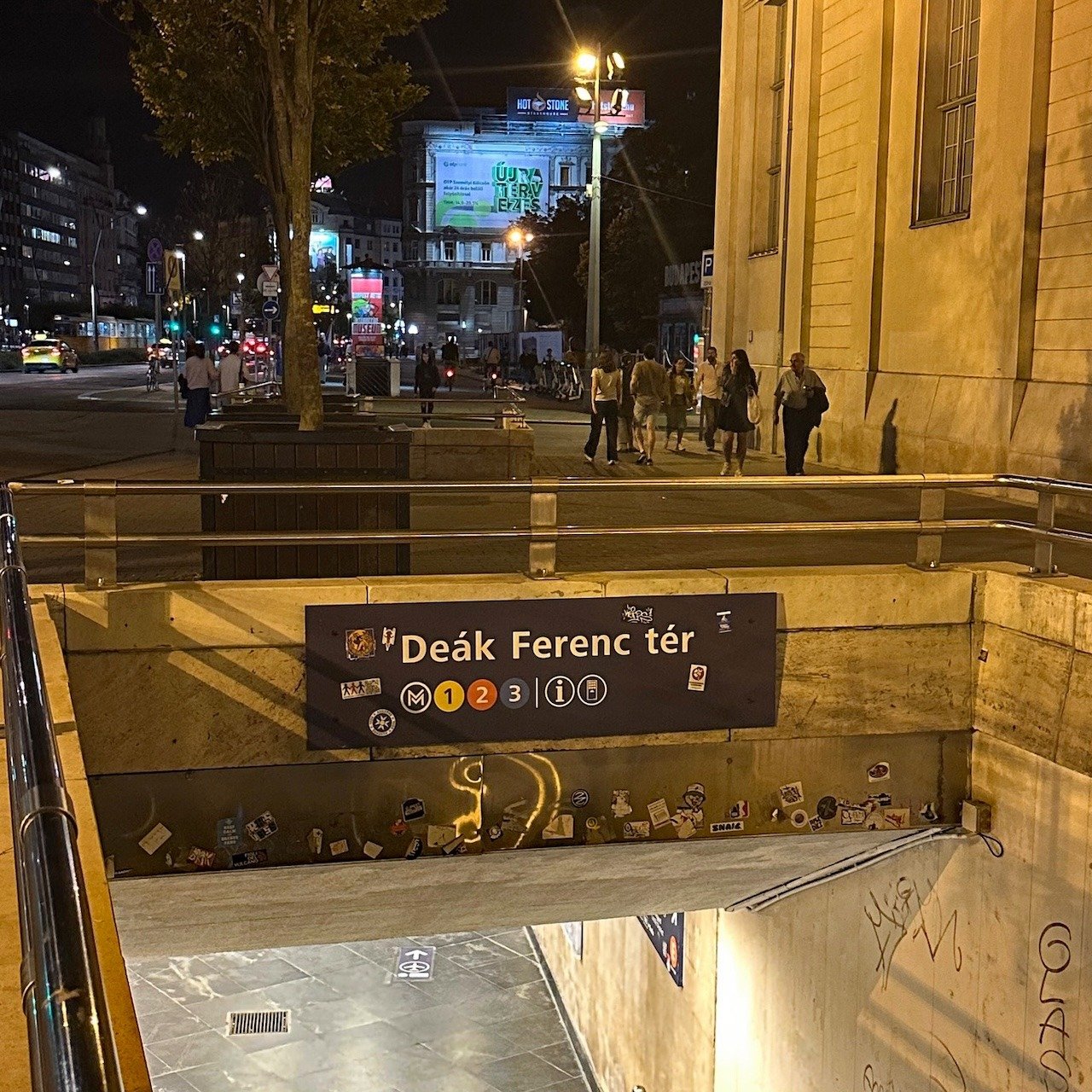
Budapest Travel Guide: International Connections
Airport:
Budapest welcomes visitors through one main airport, easily connected to the city center.
- Budapest Ferenc Liszt International Airport (BUD)
Transportation To/From BUD:
Budapest Ferenc Liszt International Airport (BUD) is located approximately 10 miles (16 km) from the city center.
-
Airport Bus 100E (Direct Airport Shuttle): The Airport Bus 100E is one of the easiest and fastest ways to travel between BUD and the city center.The journey lasts between 35 and 45 minutes, with buses departing every 10 to 15 minutes from 4:00 AM to 1:30 AM daily. The 100E bus makes the following stops while traveling to/from the airport: Kálvin tér (Kalvin Square), Astoria, and Deák Ferenc tér (Deák Ferenc Square). Airport Bus 100E tickets can be purchased on the Budapest GO app and at machines at bus stations and the airport. For additional information, please see the BKK website.
-
Bus 200E + Metro M3: For budget-conscious travelers who do not mind a metro transfer, there is also the option to take the 200E bus and the Line M3 metro to travel between the airport and city center. Bus 200E runs from the airport to Kőbánya-Kispest, which is the end of Metro Line M3. This journey takes about an hour. The 200E bus is included in transit passes, unlike the 100E bus which requires an additional ticket.
-
Taxi: Taxis are available at BUD, providing direct transportation locations within the city center. Taxis range in price between 8,000–12,000 HUF (€22–€32), depending on traffic. The travel time to the city center takes around 30 minutes. To get a taxi, make sure you visit the official taxi stand (Főtaxi) outside of Arrivals at BUD.
-
Rideshare Apps: Uber does not operate in Budapest. However, they do have an alternative rideshare app, Bolt. Prices for rideshare services are generally on par with traditional taxis. However, it is important to note that rideshare vehicles cannot linger at taxi stands or directly by the curb, so you may need to allow extra time for your ride to arrive after booking it at the airport.
Long-Distance Trains:
Train Stations
Budapest is a major hub for long-distance train travel, with three key train stations connecting the city to various domestic and international destinations. The train stations in Budapest and some of the notable destinations they serve are outlined below.
If you are looking to book train tickets to/from Budapest for your upcoming trip, we recommend using Rail Europe for ease of booking.
Keleti (East)
- Keleti is Budapest's main train station for international and long-distance domestic trains. The station is located on the eastern side of Budapest and accessible via Metro M2 and M4.
- Trains regularly run between Keleti and many popular international destinations, including: Vienna (2h 40m), Salzburg (5h 20m), Prague (6h 30m), Munich (7h), and Berlin (11h).
Déli (South)
- Déli is the main train station for connections to Lake Balaton and Southern Hungary. Déli is located on the Buda side of Budapest, near Castle Hill and is accessible via Metro M2.
Nyugati (West)
- Nyugati is the oldest train station in Budapest, located on the western side of Budapest. Nyugati is accessible via Metro M3.
- Nyugati has a number of routes to Slovakia and Romania, including regional express trains to Bratislava (2h 20m). Domestic trains to Esztergom, Vác, and Kecskemét also depart from Nyugati.
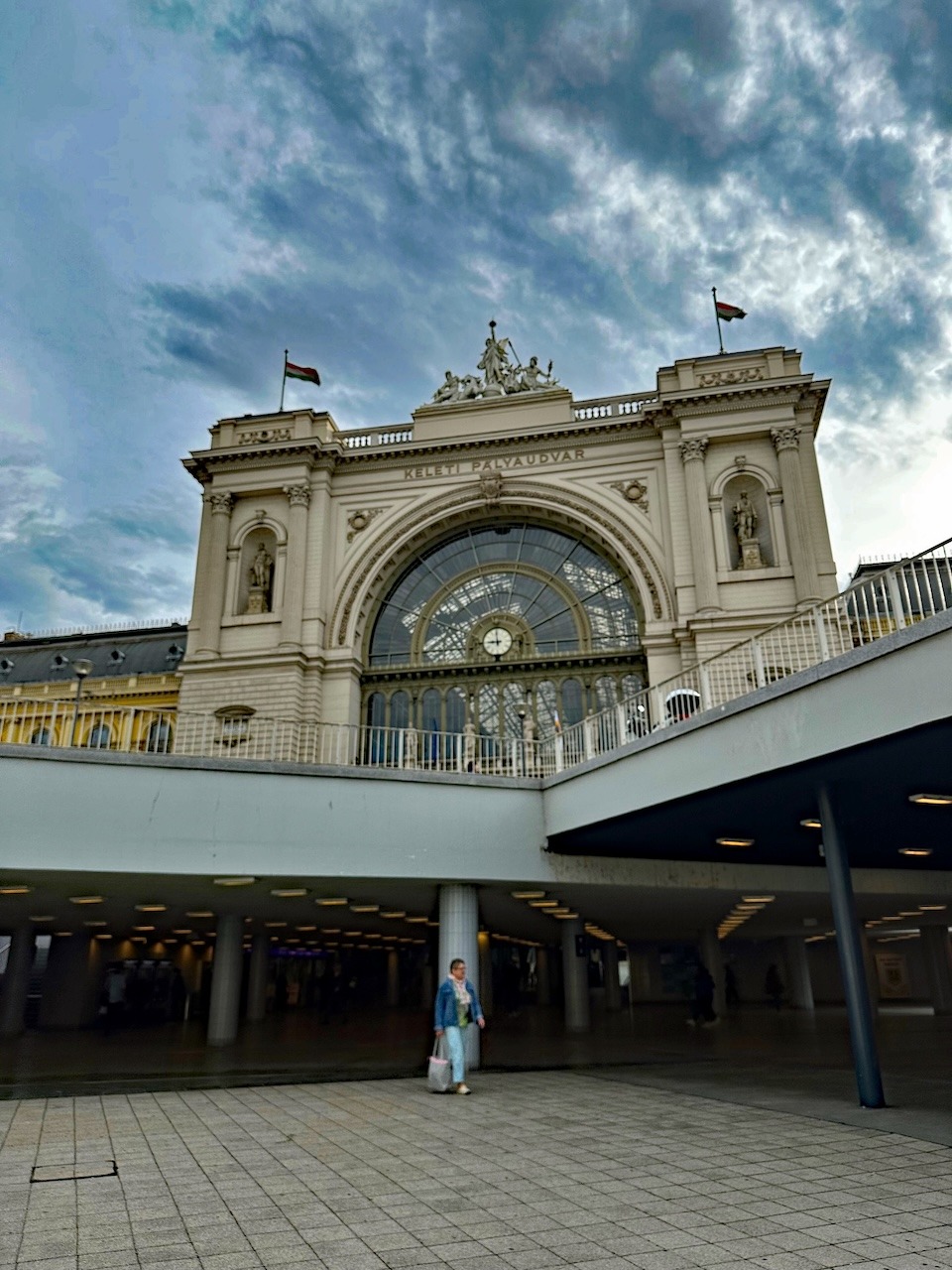
Budapest Travel Guide: Language
Hungarian is the official language in Budapest (and Hungary as a whole), but the majority of workers in the hospitality sector speak English. Additionally, many restaurants provide menus in English. During our time in Budapest, we never had an issue getting around the city, including using mass transit, without knowing any Hungarian.
Basic Words & Phrases to Know
Before we go anywhere, we make it a point to learn a few essential words and phrases as a gesture of respect towards the country and culture we are visiting. A list of ten basic words and phrases, as well as their pronunciations, in Hungarian are below.
- Szia! (See-ya!) - Hi!
- Viszlát! (Veest-laht!) - Goodbye!
- Kérem (Kay-rem) - Please
- Köszönöm (Koe-soh-nohm) - Thank you
- Igen (Ee-gen) - Yes
- Nem (Nem) - No
- Beszélsz angolul? (Beh-sehls ahn-goh-lool?) - Do you speak English?
- Elnézést! (El-ney-zayst!) - Excuse me!
- Sajnálom (Shoy-nah-lom) - I'm sorry
- Egészségedre! (Egg-ace-shay-ged-re!) - Cheers!
Translation Apps
While traveling throughout Budapest, you will find that most locals have decent proficiency in English. However, navigating menus or other texts may require translation assistance. During our travels, we found Google Translate, particularly its Google Lens feature within the app, to be invaluable. This tool facilitated seamless communication and comprehension. You can even pre-download the app and the Hungarian language pack for offline use, ensuring access even without WiFi or cellular data.
Budapest Travel Guide: Things to Do, Restaurant Recommendations, & Where to Shop
Budapest Travel Guide: Can't Miss Attractions & Top Sights
No true Budapest travel guide would be complete without a curated selection of the top things to do in Budapest! From admiring the stunning Parliament building along the Danube River to soaking in the historic thermal baths in Budapest, ascending to the top of St Stephen’s Basilica Budapest for panoramic views, exploring the ruin bars of the Jewish Quarter, and marveling at the grand architecture of Buda Castle, Budapest provides a wealth of memorable experiences. Whether you have 24-hours or one week, these are the can't miss attractions in Budapest!
We've highlighted all the attractions we visited and adored with the universal symbol of love, ♡.
- Hungarian Parliament: ♡ The Hungarian Parliament is a Neo-Gothic masterpiece on the Danube River and is Hungary’s largest building, home to the Hungarian Crown Jewels and stunning interiors.
- Fisherman's Bastion: ♡ With its fairytale-like turrets and panoramic terraces, Fisherman’s Bastion offers some of the best views in Budapest. This Neo-Romanesque lookout point, perched atop Buda Hill, provides the best views of the Danube River, the Hungarian Parliament, and the sprawling cityscape, especially at sunset.
- St Stephen's Basilica Budapest (Szent Istvan Bazilika): ♡ A grand Neo-Classical church known for its beautiful interior and grand dome which offers 360-degree views of the city. St Stephen's Basilica Budapest is also home to Hungary’s most sacred relic—the preserved right hand of Saint Stephen, the country’s first king.
- Dohány Street Synagogue (Great Synagogue): ♡ The Dohány Street Synagogue, also known as the Great Synagogue or Tabakgasse Synagogue, is the largest synagogue in Europe and a masterpiece of Moorish Revival architecture. The synagogue complex also houses the Jewish Museum, the Raoul Wallenberg Holocaust Memorial Park, and the Tree of Life, a poignant Holocaust memorial shaped like a weeping willow tree.
- Central Market Hall: Budapest’s largest market, filled with local specialities, fresh produce, handcrafted souvenirs, and traditional Hungarian street food. You can find everything from paprika to honey, sausages, cheese, and even goulash!
- Matthias Church: ♡ A beautifully decorated Gothic church in the Castle District, known for its colorful tiled roof and history. Matthias Church served as the coronation church for Hungarian Kings and was also used as a mosque for over 150 years by Ottoman Turks.
- Széchenyi Thermal Bath: ♡ Budapest's most famous spa complex, Széchenyi Thermal Bath is a grand Neo-Baroque spa with thermal pools (both indoor and outdoor), saunas, and steam rooms, offering a quintessential Budapest spa experience.
- Hungarian State Opera House: A lavish Neo-Renaissance opera house with world-class performances and gorgeous golden interiors. Even if you do not attend a performance, tours allow visitors to marvel at the stunning décor and learn about the opera house’s rich history.
- Buda Castle: Buda Castle, a UNESCO World Heritage Site, is a historic royal palace complex offering stunning architecture, panoramic views of Budapest, and cultural treasures like the Hungarian National Gallery and Budapest History Museum.

Budapest Travel Guide: Iconic Landmarks & Monuments
Hungarian Parliament ♡
One of Budapest’s most iconic landmarks, the Hungarian Parliament Building is an architectural masterpiece that dominates the Danube riverbank. Completed in 1904, this Neo-Gothic structure is one of the largest parliament buildings in the world, with intricate spires, a central dome soaring 315 feet (96 meters) high, and a stunning riverside façade that looks particularly magical when illuminated at night. Visitors can take a guided tour to admire the lavish interior, which features gold ceilings, ornate frescoes, and the Holy Crown of Hungary (also known as the Holy Crown of St. Stephen), a national treasure dating back to the 12th century.
The building’s grandeur reflects Hungary’s rich history and pride, making it a must-see for anyone visiting Budapest. For the best views, take a Danube river cruise or walk along the opposite bank of the Danube at Batthyány Square, where the Parliament’s reflection shimmers in the water.
The Hungarian Parliament can only be visited on a guided tour which lasts approximately 45 minutes. Guided tours are available in English, German, Italian, Spanish, French, and Hungarian. Tours can be booked, in advance, on the official Hungarian Parliament ticket partner website, Jegymester. A limited number of same-day tickets can also be purchased at the ticket office in the Hungarian Parliament's Visitor Center.
Fisherman's Bastion
♡
Perched atop Castle Hill, Fisherman’s Bastion is one of Budapest’s most picturesque spots, offering panoramic views of the city and the Danube River. This fairy-tale-like structure, built in the late 19th century, blends Neo-Romanesque architecture with seven decorative turrets symbolizing the seven Magyar tribes that founded Hungary. Visitors can wander through its elegant arches and terraces, take in gorgeous sunset views, and capture postcard-perfect photos of Parliament and the Pest skyline.
While the lower terraces are free to access, the upper towers and turrets require a small fee—but the view is worth it, especially at night when the city lights up. Fisherman's Bastion is open daily from 9:00 AM to 9:00 PM. If you wish to visit the upper towers, tickets can be purchased on site (only credit cards are accepted, no cash).
Hungarian State Opera House
A jewel of Budapest’s cultural scene, the Hungarian State Opera House is an architectural and artistic marvel. Opened in 1884 and designed by Miklós Ybl, this Neo-Renaissance masterpiece boasts a lavish interior and is largely considered one of the most beautiful opera houses in the world.
Visitors can attend an opera or ballet performance to experience its world-class acoustics or take a guided tour to admire its opulent decor and learn about its history. The opera season runs from September through June. Tickets for performances held at the Hungarian State Opera House, as well as guided tours, can be booked on the Hungarian State Opera House website. Performances do sell out, so be sure to book your tickets in advance.
For budget-conscious travelers, the lobby of the Hungarian State Opera House is open to the public and is free to enter. The lobby itself is magnificent and well worth a quick peak!
Buda Castle
Overlooking the Danube River from Castle Hill, Buda Castle is a symbol of Hungary’s rich and turbulent history. Originally built in the 13th century and later expanded into a grand palace, it has witnessed Mongol invasions, Ottoman rule, Habsburg opulence, and the devastation of World War II. Today, it houses the Hungarian National Gallery, showcasing Hungarian art from the Middle Ages to modern times, and the Budapest Castle Museum and Budapest History Museum, both of which delve into the city's fascinating past. The castle grounds are also perfect for strolling, with statues, courtyards, and panoramic viewpoints offering some of the best views of the city.
St. Stephen's Hall is located inside of the Castle Museum building and one of the most magnificent rooms within the castle complex. Guided tours are available, regularly, in English. For more information and to book a tour, please visit the St. Stephen's Hall website. Tickets for the museums housed inside of Buda Castle can be purchased both online and on-site. If you are interested in a tour of Buda Castle, including St. Stephen's Hall, check out this 90 minute guided walking tour from our affiliate partner, GetYourGuide.
Shoes on the Danube Memorial
One of Budapest’s most moving sites, the Shoes on the Danube Memorial is a poignant tribute to the Jewish victims executed by the Arrow Cross militia during World War II. Located along the Pest side of the Danube near the Hungarian Parliament Building, the memorial consists of 60 pairs of iron shoes, representing the men, women, and children who were forced to remove their footwear before being shot into the river. Created by artists Gyula Pauer and Can Togay, this simple yet powerful monument serves as a stark reminder of the horrors of war and the importance of remembering those who perished.
Széchenyi Chain Bridge
A symbol of unity between Buda and Pest, the Széchenyi Chain Bridge, also called the Chain Bridge for short, was the first permanent bridge to span the Danube River in Budapest. Completed in 1849, this elegant suspension bridge played a crucial role in the city’s development. Its massive stone lion statues, towering iron chains, and impressive arches make it one of Budapest’s most recognizable landmarks. Walking across the bridge provides stunning views of Buda Castle, the Hungarian Parliament, and the riverbanks. The bridge is especially enchanting at night when it is illuminated, casting a glow over the Danube.
Danube River
The Danube River is the heart of Budapest, dividing the city into Buda and Pest while also serving as its most scenic backdrop. Whether strolling along the banks, taking in the views from one of its bridges, or embarking on a river cruise, the Danube offers some of the best perspectives of the city. A daytime cruise provides views of landmarks like the Hungarian Parliament, Buda Castle, and the Chain Bridge, while an evening cruise showcases Budapest’s dazzling night lights, making it one of the most romantic experiences in the city. The river has shaped Budapest’s history, serving as a vital trade route for centuries, and today, it remains an essential part of the city’s charm.
We highly recommend taking a sunset river cruise down the Danube. We booked a dinner cruise via our affiliate partner, GetYourGuide, when we visited in 2023. However, other cocktail, sightseeing, and private river cruises are also available. For additional options, be sure to visit GetYourGuide.
If you book a tour or experience through one of our GetYourGuide affiliate links, we may earn a small commission.

Budapest Travel Guide: Thermal Baths & Spas
Budapest is known as the "City of Spas," and for good reason. With its rich history of thermal bathing dating back to the Roman era and later perfected by the Ottomans, the city is home to some of the most stunning and relaxing thermal baths in the world. Whether you are visiting in the chilly winter months or during the height of summer, the thermal baths in Budapest provide a unique and rejuvenating experience.
If you are planning to visit the thermal baths in Budapest, make sure to pack a swimsuit, towel, and sandals. Swim caps are required in the lap pools. Children under 14 years old of age are generally not permitted to visit the thermal baths in Budapest, but may be allowed in some of the outdoor pools. For more information, be sure to check with each individual spa directly for their age policy.
Széchenyi Thermal Bath ♡
As the largest and most famous thermal bath complex in Budapest, Széchenyi Thermal Bath is a must-visit for travelers seeking relaxation and an iconic Budapest spa experience. Located in City Park, this Neo-Baroque complex boasts 15 indoor pools and three large outdoor pools, all filled with mineral-rich, naturally heated thermal water. The outdoor pools, surrounded by grand yellow architecture, offer an unforgettable experience, especially in winter when steam rises dramatically into the cold air. Visitors can enjoy a thermal soak, sauna sessions, whirlpools, and even chess games played in the warm waters. Whether you visit during the day for a spa retreat or at night for the lively Sparty (spa party) events, Széchenyi is a quintessential Budapest experience.
Tickets for the Széchenyi Thermal Bath can be booked in advance of your visit on the Széchenyi Bath website. We highly recommend booking a private cabin (changing room and locker) for your time at Széchenyi Thermal Bath. Massages can also be booked online, in advance of your visit.
Thermal Beer Spa
One of our favorite experiences in Budapest was the Thermal Beer Spa at Széchenyi Thermal Bath! The Beer Spa is a private and relaxing spa experience, which allows allow guests to soak in warm, mineral-rich thermal water infused with natural beer ingredients like hops, malt, and yeast, known for their skin-nourishing and detoxifying properties. And the best part? Unlimited self-pour beer taps are available at each station, allowing you to enjoy freshly brewed beer while you soak.
Advance booking is required and is a popular add-on for Széchenyi Thermal Bath. For more information, and to book the Thermal Beer Spa experience, please visit the Thermal Beer Spa website.
Gellért Thermal Bath
Housed within the stunning Art Nouveau Gellért Hotel, Gellért Thermal Bath is one of the most elegant and visually striking thermal baths in Budapest. Known for its beautiful mosaic tiles, stained glass windows, and intricate sculptures, this historic bathhouse offers a truly luxurious atmosphere. Visitors can enjoy thermal pools, saunas, steam rooms, and even a wave pool that dates back to the early 20th century. The naturally warm, mineral-rich waters are known for their healing properties, making it a popular spot for both relaxation and wellness.
Please note that Gellért Thermal Bath is currently closed for renovation and restoration work. The spa is scheduled to reopen in 2028. For more information, please visit the Gellért Thermal Bath website.
Lukács Baths
A favorite among locals, Lukács Baths offers a more authentic and less touristy thermal bath experience in Budapest. Located in Buda, this historic spa has been renowned for its healing waters since the 12th century, once attracting monks and later famous writers and artists. The bath features thermal pools, saunas, steam rooms, and a wellness area. While quieter than Széchenyi and Gellért, Lukács is a hidden gem for those seeking a more relaxed and traditional spa experience.
Thermal Beer Spa
Like Széchenyi Thermal Bath, Lukács Baths also offers a Thermal Beer Spa. The Thermal Beer Spa is a private and relaxing spa experience, with additional add-ons like massages and ice baths at Lukács Baths.
Advance booking is required and is a popular add-on for Lukács Baths. For more information, and to book the Thermal Beer Spa experience, please visit the Thermal Beer Spa website.
Rudas Thermal Bath
For a truly unique experience, Rudas Thermal Bath blends Turkish tradition with modern wellness, offering one of Budapest’s most atmospheric spa experiences. Dating back to the 16th century Ottoman era, Rudas features a beautiful octagonal thermal pool beneath a domed ceiling, evoking an air of ancient luxury. The bathhouse includes several thermal pools, a modern wellness area, and a rooftop with spectacular views over the Danube River and Budapest skyline. Uniquely, Rudas has men-only and women-only days in its traditional Turkish bath section, while the modern spa and pool welcome all visitors daily.
Tickets for night bathing at Rudas Thermal Bath are available online only. Night bathing is available on Friday and Saturday nights from 10:00 PM to 3:00 AM. Tickets can be purchased on the Rudas Thermal Bath website.
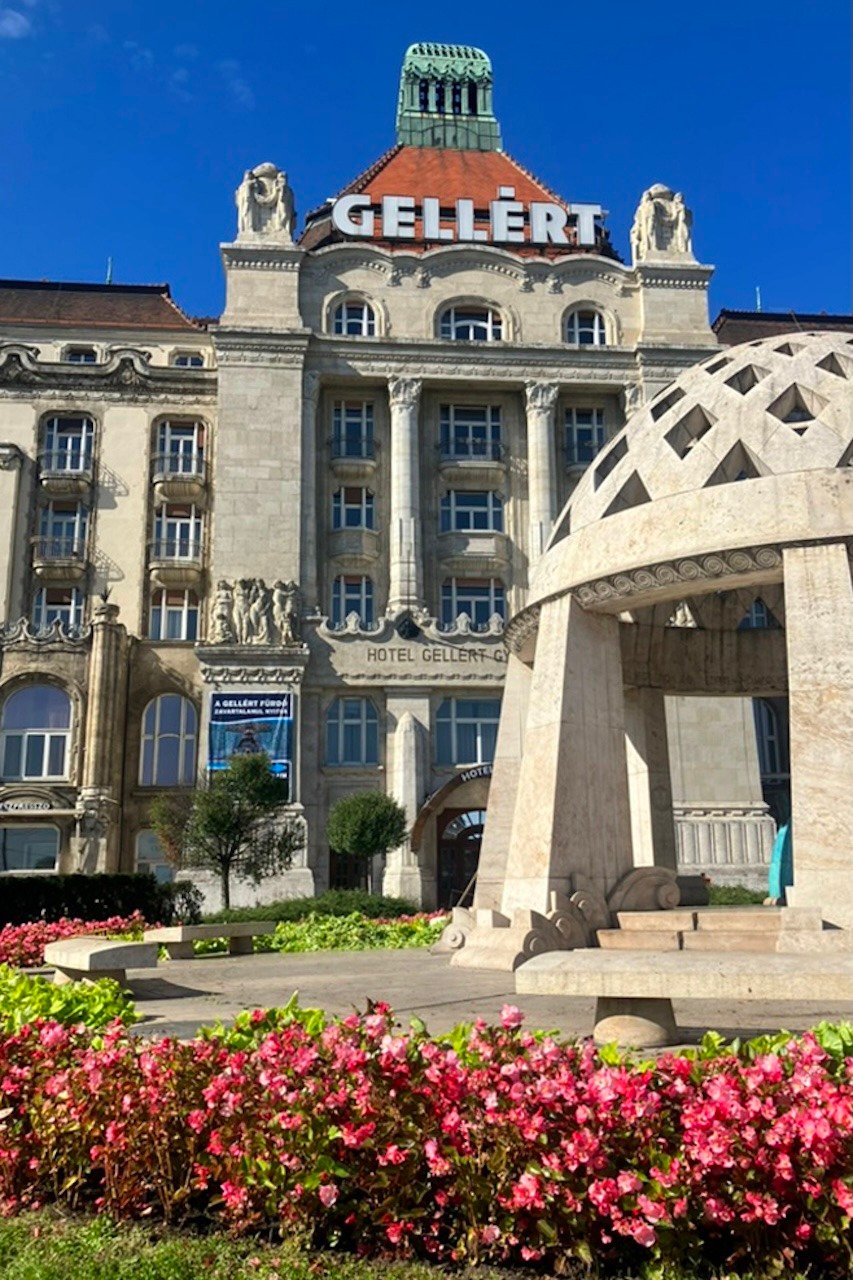
Budapest Travel Guide: Popular Churches & Synagogues
While Budapest is dotted with spectacular churches and synagogues, we have curated a list of some of the most popular ones for visitors to explore. As is the case when visiting any religious site, remember to dress appropriately. This means, having your shoulders covered, removing any hats or non-religious head coverings, and avoiding clothing that may be deemed inappropriate or too revealing.
St Stephen's Basilica Budapest (Szent Istvan Bazilika) ♡
One of the city's most iconic landmarks, St Stephen’s Basilica Budapest is a masterpiece of Neoclassical architecture and a must-visit for its stunning interior, historical significance, and breathtaking city views from its dome. Named after Hungary’s first king, Saint Stephen, the basilica houses his mummified right hand, the Holy Right, a revered relic displayed inside. The grand interior is adorned with intricate mosaics, marble columns, and a magnificent dome that visitors can ascend for one of the best panoramic views of Budapest. Concerts featuring organ and classical music are frequently held here, adding to the basilica’s appeal as both a religious and cultural site.
Tickets for St Stephen's Basilica Budapest can be purchased both online on the St Stephen's Basilica Budapest website and in-person at the basilica ticket office. We highly recommend purchasing the Adult Panoramic Terrace-Treasury Entry Ticket for your visit to the basilica as this combo ticket provides access to the basilica, treasury, and scenic outdoor terrace with incredible views of the city. The church is open daily, but access to the church may be limited due to wedding ceremonies and other religious events taking place inside on weekends.
Dohány Street Synagogue (Great Synagogue) ♡
The Dohány Street Synagogue, also known as the Great Synagogue, is the largest synagogue in Europe and a deeply significant site for Hungary’s Jewish community. Built in the Moorish Revival style, its stunning façade and richly decorated interior make it one of Budapest’s most impressive religious landmarks. The complex includes the Jewish Museum, the Heroes' Temple, the Raoul Wallenberg Memorial Park, and the Tree of Life, a poignant sculpture honoring Holocaust victims. The synagogue also stands on the edge of the former Jewish Ghetto, making it a key site for understanding Budapest’s Jewish history. While the Dohány Street Synagogue is a rather somber visiting experience, it is an important landmark to visit and gain a better understanding of Budapest's Jewish history.
Tickets for the Dohány Street Synagogue can be purchased on-site. The synagogue is closed to the public on Saturdays and Jewish holidays. Guided tours of the synagogue can be booked online. For the most up-to-date opening hours and to book a guided tour, please visit the Dohány Street Synagogue website.
Matthias Church ♡
Perched atop Castle Hill, Matthias Church (also known as the Church of Our Lady of Buda Castle) is one of Budapest’s most beautiful landmarks, famous for its vibrant, colorful tiled roof and intricate Gothic details. The church has played a pivotal role in Hungarian history, hosting several royal coronations, including that of Emperor Franz Joseph and Empress Elisabeth (Empress Sisi), and it was even converted into a mosque during a period of Ottoman rule in the 16th century.
A fascinating story surrounds Matthias Church during the Ottoman occupation of Budapest in 1686, known as the Marian Miracle. When the Ottomans transformed the church into a mosque, they merely covered the Catholic religious decorations. However, when cannon fire led to the collapse of a wall within the mosque, a statue of the Virgin Mary was revealed to a group of Muslims gathered in the mosque for prayer spooking them. Remarkably, Ottoman control over the city ended on that very day.
Inside the church, visitors can admire beautifully painted stonework, stained glass windows, and an ornately carved pulpit, all contributing to its grandeur. The church is also a popular venue for classical concerts, and its location beside Fisherman’s Bastion makes it one of the best spots to watch the sunset over Budapest.
We highly recommend visiting Matthias Church for a classical concert as the acoustics and scenery are absolutely incredible. Concert tickets can be purchased online. For the most up-to-date opening hours, concert schedule, and more, please visit the Matthias Church website.
St. Michael's Church
Located in the heart of Belváros (District 5), St. Michael’s Church is a hidden gem of Budapest’s religious sites. This Baroque-style church, built in the 18th century, features an elegant interior adorned with ornate stucco decorations and frescoes. Unlike the city’s grander churches, St. Michael’s offers a more peaceful and intimate atmosphere, making it a lovely stop for those exploring central Budapest. The church frequently hosts classical music concerts, taking advantage of its excellent acoustics and historic organ. Concert tickets for upcoming performances can be purchased on the Budapest Opera Tickets website.
Church of St. Mary Magdalene & Buda Tower
A poignant historical site on Castle Hill, the Church of St. Mary Magdalene dates back to the 13th century and once served as one of Buda’s most important medieval churches. Though heavily damaged during World War II and later demolished during the communist era, its striking bell tower, known as Buda Tower, was preserved and remains a historic landmark offering panoramic views of Budapest. Today, visitors can climb the tower to appreciate the city skyline while reflecting on the church’s storied past. Tickets to climb the 170 steps to the top of the tower can be purchased at the Military History Museum, just a few steps from the tower itself.
Cave Church (Sziklatemplom)
Tucked into Gellért Hill, the Cave Church (Sziklatemplom) is one of Budapest’s most unique places of worship. Carved into the rock face, this underground chapel was inspired by the Lourdes Grotto in France and has served as a place of Christian worship since the early 20th century. The church’s simple yet atmospheric interior is adorned with religious statues, altars, and natural rock formations, creating a truly spiritual setting. After World War II, it was sealed off by the communist regime and remained closed for decades before reopening in the 1990s. Today, it is an active church where visitors can learn about its fascinating history and admire its cave-like beauty.
The Cave Church is closed to the public on Sundays. Tickets for the Cave Church can be purchased in the Pauline Visitor Center at the mouth of the cave.

Budapest Travel Guide: Top Museums
While museums are not the primary attraction for tourists in Budapest, there are a number of museums that are well worth visiting if you have some free time. Before you plan your visit, make sure to check the most up-to-date opening hours, as public holidays may impact museum schedules. Without further ado, here is a guide to the top museums in Budapest.
For the art aficionado:
- Hungarian National Gallery: Located within Buda Castle, the Hungarian National Gallery houses an impressive collection of Hungarian art spanning the Middle Ages to the 20th century. Visitors can admire masterpieces by renowned Hungarian painters, Gothic altarpieces, and striking works from the country’s rich artistic history. The museum also offers panoramic views over the Danube and Pest side of the city.
- Museum of Fine Arts Budapest: One of the most prestigious art museums in Central Europe, the Museum of Fine Arts Budapest boasts an extensive collection of European artwork, including pieces by Spanish masters rarely seen outside of Spain such as Velázquez, El Greco, Goya, and Bartolomé Esteban Murillo. The museum's Egyptian and Classical Antiquities collections are also highlights, making it a must-visit for art lovers.
- Hungarian House of Photography (Mai Manó House): This hidden gem in Budapest is dedicated to the art of photography, featuring rotating exhibitions from Hungarian and international photographers. Housed in an ornate 19th-century building that once belonged to royal court photographer, Mai Manó, the museum is a haven for photography enthusiasts and anyone interested in visual storytelling.
- Ludwig Museum: Budapest’s contemporary art hub, the Ludwig Museum showcases modern and contemporary works from Hungarian and international artists, with a strong focus on Central and Eastern European art and an impressive Pop Art collection. Located in the Palace of Arts, the museum’s collection includes works by Andy Warhol and Pablo Picasso, offering visitors a fascinating insight into modern artistic movements.
- Miksa Róth Memorial House: A tribute to one of Hungary’s most famous stained glass and mosaic artists, this small but charming museum showcases the dazzling work of Miksa Róth. Visitors can admire stunning stained-glass windows, intricate mosaics, and learn about the craft that has adorned many of Budapest’s historic buildings.
For the history lover:
- House of Terror: A sobering yet important museum, the House of Terror explores Hungary’s dark history under Nazi and Communist rule. Housed in the former headquarters of the secret police, the museum’s immersive exhibits include prison cells, propaganda materials, and testimonies from victims, offering a powerful reflection on the country’s past.
- Hungarian National Museum: The Hungarian National Museum provides an in-depth look at the nation’s history, from prehistoric artifacts to Hungary’s role in the Austro-Hungarian Empire and beyond. The museum’s grand Neoclassical building is an attraction in itself.
- Budapest History Museum: Located within Buda Castle, the Budapest History Museum delves into the city’s rich and turbulent past. Its exhibits cover everything from medieval Budapest to Ottoman rule and the modern era, allowing visitors to explore ancient ruins, reconstructed palace rooms, and archaeological finds.
- Budapest Castle Museum: A subset of the larger Budapest History Museum, the Budapest Castle Museum provides insight into the history of Buda Castle and Hungarian royal life. St. Stephen's Hall, located inside of the Castle Museum, and one of the most magnificent rooms within the castle complex, requires a separate ticket. Guided tours are available, regularly, in English. For more information and to book a tour, please visit the St. Stephen's Hall website.
- Memento Park: An open-air museum, Memento Park is home to the colossal statues and monuments that once glorified Hungary’s Communist regime. Visitors can walk among towering Lenin and Stalin statues, gaining insight into the country’s socialist past while reflecting on the power of political propaganda.
- Holocaust Memorial Center (Holokauszt Emlékközpont): This deeply moving museum and memorial educates visitors about the Holocaust in Hungary, focusing on the tragic fate of Budapest’s Jewish population. The center includes a museum, a beautifully restored synagogue, and two poignant outdoor memorials (Memorial Wall of Victims and the Tower of Lost Communities), making it an essential visit for those seeking to understand and learn more about this painful chapter of history.

Budapest Travel Guide: Good Eats
The food in Budapest is a vibrant reflection of Hungary’s cultural heritage. Whether you are indulging in savory goulash, paprika chicken, or crispy lángos from a street vendor, Budapest’s food scene offers something for everyone. The city is also home to charming cafés serving delicate pastries like dobos torte, as well as market halls where you can sample local cheeses, cured meats, and fresh produce.
While you are in Budapest, do not miss the opportunity to try some fantastic Hungarian wines, the most popular being a sweet white wine called Tokaji Aszú. For those who prefer beer over wine, rest assured, Budapest has you covered on that front, too. The city offers an abundance of beer options, with Dreher and Borsodi being two of the most popular lagers available on tap throughout the city.
Central Market Hall (Great Market Hall):
The Central Market Hall (also called Great Market Hall) is Budapest’s largest and most famous market, housed in a beautiful Neo-Gothic building not too far from the Danube River. The ground floor is packed with vendors selling fresh produce, meats, cheeses, and traditional Hungarian ingredients like paprika, salami, and Hungarian wine. You will find stalls overflowing with colorful peppers, fragrant spices, and an array of cured meats, perfect for sampling. The upper floor is dedicated to street food, making it a great place to taste classic Hungarian dishes. The upper floor also boasts a large number of vendors selling traditional Hungarian souvenirs.
Locals do some of their grocery shopping in Central Market Hall, making it extremely busy to visit in the mornings. For a less crowded experience, we recommend visiting in the early afternoon. More information about Central Market Hall can be found on the Central Market Hall website.
Speciality Foods:
Travelers visiting Budapest should indulge in a variety of iconic dishes and treats that capture the essence of the city's culinary heritage. Some must-try specialties include:
-
Goulash (Gulyás): Hungary’s most famous dish, this hearty paprika-spiced beef soup is cooked with potatoes, carrots, and onions, offering a rich and comforting taste of traditional Hungarian cuisine.
-
Paprika Chicken: Also called chicken paprikash, paprika chicken is a beloved Hungarian classic. This paprika-infused chicken stew is typically served with nokedli (Hungarian dumplings) and a dollop of sour cream.
-
Chimney Cake (Kürtőskalács): A sweet, spiral-shaped pastry, baked over an open flame and coated with sugar, cinnamon, chocolate, or nuts, making it a favorite street food treat.
-
Lángos – A popular street food, this deep-fried dough is topped with garlic, sour cream, and grated cheese, though modern variations include ham, vegetables, or even Nutella.
-
Hortobágyi Pancakes (Hortobágyi Palacsinta) – A savory crêpe filled with spiced minced meat, then baked in a rich paprika sauce, making it a flavorful and satisfying dish.
-
Stuffed Cabbage Rolls (Töltött káposzta) – Cabbage leaves filled with ground pork and rice, then slow-cooked in tomato and sauerkraut broth, often served with sour cream.
-
Fisherman’s Soup (Halászlé) – A spicy, paprika-heavy fish soup, traditionally made with carp.
-
Dobos Torte (Dobosh) – Dobos torte is a layered sponge cake with rich chocolate buttercream, topped with a crunchy caramel glaze.
Food Tours & Cooking Classes:
Some of our most memorable travel experiences have been food tours and cooking classes, which let us savor authentic dishes while connecting with locals. These experiences offer insight into a region’s culinary traditions, local ingredients, and cooking techniques, making our travels even more enriching and unforgettable. Some of the highest rated food tours and cooking classes are listed below. On our last trip to Budapest, we thoroughly enjoyed the Guided Foodie Walking Tour with Food and Drinks. As always, if you book a tour or experience through our GetYourGuide affiliate link, we may earn a small commission.
- Budapest: Guided Foodie Walking Tour with Food and Drinks (2.5 Hours)
- Budapest: Hungarian Wine Tasting with 7 Wines and Tapas (2 Hours)
- Budapest: City Center Hungarian Chimney Cake Workshop (1 Hour)
- Budapest: Hungarian Cooking Class and Market Walk (4 Hours)
Popular Restaurants:
The number of outstanding dining options in Budapest could easily fill an entire webpage on its own! Some of our favorite eateries, along with other popular restaurants that we are eager to try our next visit, are listed below. When visiting Budapest we recommend making advance reservations for popular restaurants, especially for dinner.
- Kismező (Nagymező u. 19): A hidden gem in the Theater District, Kismező offers a cozy, yet trendy bistro experience with traditional Hungarian cuisine.
- Kiskovász Pékség (Nagymező u. 36): This charming artisanal bakery was a favorite of our's on our first trip to Budapest in 2023 and was where we ate breakfast every morning. The bakery offers a fantastic selection of artisanal bread and pastries, complemented by a cozy atmosphere, whether you choose to eat-in or take your selections to go.
- ÉS Bisztró (Deák Ferenc u. 12): Located inside the Kempinski Hotel Corvinus Budapest, ÉS Bisztró blends Austrian and Hungarian cuisines in a modern brasserie setting.
- New York Café (Erzsébet krt. 9-11): Frequently described as the most beautiful café in the world, New York Café is an opulent coffeehouse with grand chandeliers, frescoed ceilings, and gilded décor. Here, you can enjoy decadent desserts, Hungarian coffee, and classic dishes while enjoying the grandeur of Budapest's café culture. Reservations are only available after 6:00 PM, otherwise be prepared for a lengthy wait.
- Borkonyha Winekitchen (Sas u. 3): Borkonyha Winekitchen is a Michelin-starred restaurant that blends Hungarian flavors with modern European cuisine. Its extensive selection of Hungarian wines perfectly complements dishes that highlight fresh, seasonal ingredients.
- Mazel Tov (Akácfa u. 47): Mazel Tov is a Mediterranean-Middle Eastern fusion restaurant located in the Jewish Quarter. Despite having an Israeli-influenced menu, it is important to note that Mazel Tov is not a kosher eatery.
- Felix Kitchen & Bar (Ybl Miklós tér 9): Overlooking the Danube River near Buda Castle, Felix Kitchen & Bar is a high-end dining experience.
Looking for additional restaurant recommendations for your trip to Budapest? Check out our blog on the Top Budapest Restaurants for Every Budget: Fine Dining to Street Food and check out the additional links below.
Budapest's Ruin Bars & Nightlife Spots:
Budapest’s ruin bars are a defining feature of the city's nightlife, offering a unique mix of history, creativity, and vibrant social energy. These bars emerged in the early 2000s, transforming abandoned buildings in the old Jewish Quarter into eclectic, art-filled spaces with mismatched furniture, graffiti-covered walls, and a lively, bohemian atmosphere. The most famous is Szimpla Kert (Kazinczy u. 14), a sprawling multi-room venue with quirky decor, live music, and an open-air courtyard. Some other ruin bars and nightlife spots worth visiting in Budapest, include:
- Instant/Fogas (Akácfa u. 51)
- Boutiq'Bar (Paulay Ede u. 5)
- Múzsa (Four Season Hotel Gresham Palace, Széchenyi István tér 5-6)
- High Note SkyBar (Aria Hotel Budapest by Library Hotel Collection, Hercegprímás u. 5)
- 360 Bar (Andrássy út 39)

Budapest Shopping Guide
While Budapest is known as the "Paris of the East," its shopping scene is not nearly as grand as Paris. However, you are certainly not without options! Some popular shopping areas in Budapest include:
-
Luxury Shopping on Andrássy Avenue: For designer brands and upscale boutiques, head to Andrássy Avenue, Budapest’s answer to the Champs-Élysées. Lined with elegant neo-Renaissance buildings, this grand boulevard is home to Gucci, Louis Vuitton, and other international luxury brands.
-
Local Souvenirs & Handcrafted Goods: If you are looking for traditional Hungarian souvenirs, visit the Central Market Hall, where you will find embroidered textiles, Hungarian paprika, jars of locally sourced honey, and more. Another great spot is Váci Street, a lively pedestrian shopping area in the city center filled with souvenir shops, Hungarian craft stores, and international brands.
-
Quirky & Artisan Finds: The Jewish Quarter and District 5 are home to independent boutiques and design shops featuring Hungarian-made fashion, jewelry, and home décor. However, shops selling artisanal goods are available all over the city. Look for Printa, a concept store with sustainable fashion, or NUBU Studio, showcasing contemporary Hungarian designers.
-
Vintage & Antiques: For those who love vintage finds and antiques, Falk Miksa Street is Budapest’s go-to for antique shopping, while Nagykőrösi Flea Market (also known as Ecseri Flea Market) is perfect for treasure hunters looking for old books, furniture, and retro memorabilia.
Popular Souvenirs from Budapest
- Hungarian Paprika: A staple of Hungarian cuisine, sweet or spicy paprika is a must-buy. Look for high-quality versions at the Central Market Hall, beautifully packaged in decorative tins or cloth bags. If you are looking for a cheaper option or do not have time to visit Central Market Hall, pretty much every grocery store in the city also sells Hungarian paprika.
- Tokaji Wine & Pálinka: Hungary’s famous Tokaji Aszú, a sweet dessert wine, makes for an elegant gift, while pálinka, a strong fruit brandy, is a favorite for those who enjoy spirits. We found that the cheapest place to buy Hungarian wine is at a grocery store. Grocery stores are plentiful in Budapest, with major chains like SPAR and Lidl conveniently located throughout the city.
- Herend & Zsolnay Porcelain: For fine Hungarian craftsmanship, Herend and Zsolnay porcelain are world-renowned. These hand-painted pieces range from delicate teacups to intricate figurines, however, they do not come cheap!
- Hungarian Embroidery: Beautifully embroidered tablecloths, pillowcases, and blouses from regions like Matyó and Kalocsa showcase traditional Hungarian folk art and make great souvenirs from your trip to Budapest.
- Rubik's Cube: Did you know the Rubik's Cube was invented by a Hungarian? Invented by Hungarian architect Ernő Rubik, the Rubik's Cube is a fun and iconic souvenir from your trip to Budapest. Rubik's Cubes are sold in souvenir shops across the city.
- Hungarian Chocolates & Sweets: Treat yourself or your loved ones to Szamos marzipan, Gerbeaud chocolates, or Tibi bars - all beloved Hungarian confections.
- Thermal Bath Products: Many of the thermal baths in Budapest, like Széchenyi and Gellért, sell soaps, bath salts, and skincare products infused with their mineral-rich waters, letting you bring a piece of the spa experience home.

Don't Miss This: Budapest City Pass (MegaPass)
Make the most of your time in Budapest with the flexible and convenient Budapest City Pass from MegaPass. This all-in-one sightseeing pass includes admission to must-see attractions like St Stephen's Basilica Budapest, Lukas Thermal Bath, 24-hour unlimited public transportation, audio guides, and more. You can also upgrade your pass to add extra Budapest attractions to suit your interests and itinerary. It is one of the best ways to save time and money while discovering the best things to do in Budapest!



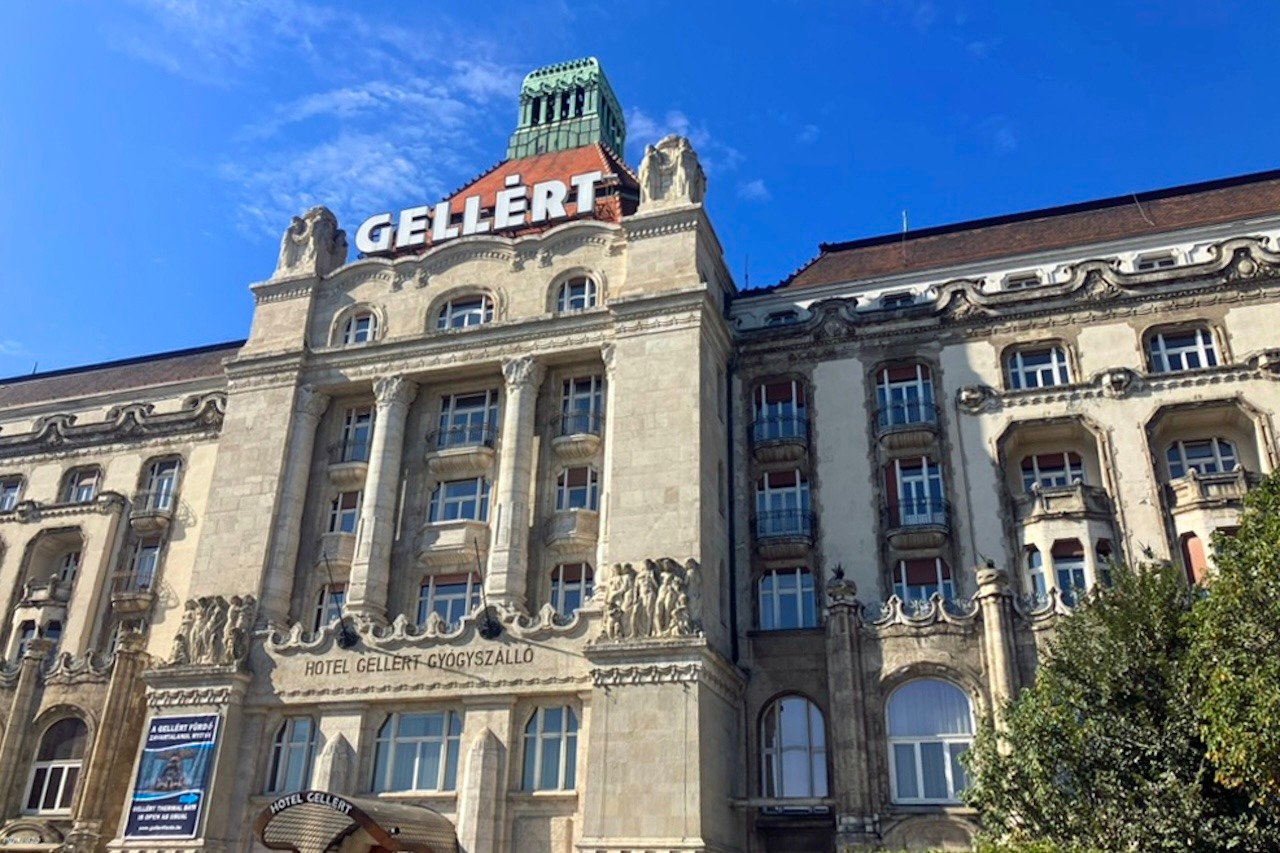
Why we love Budapest
We had the opportunity to visit Budapest for the first time in October 2023 and fell in love with the city almost immediately. The city is refreshingly unique and offers a vibrant nightlife and plenty of cultural experiences. One of the best parts about Budapest is its connectivity to other international destinations by train and plane. For example, Vienna is just a 2-hour and 20-minute train ride away, which is how we we arrived in Budapest in 2023. (Bratislava, Slovakia is a similar distance away by train and one of our favorite cities for a day trip!)
Plus, who could say no to a trip to the ever-relaxing and wonderful thermal baths? We have had the pleasure of visiting two in Budapest: Széchenyi Thermal Baths and Gellért Baths. After a long prior week of walking and sightseeing, it was wonderfully rejuvenating to unwind, recharge, and soak in the steamy thermal baths.
The food (we are craving paprika chicken as we write this 😋) and local Hungarian wines are amazing too! After an incredible and unforgettable three-night stay in Budapest in 2023, we departed by train to Salzburg, Austria. Literally since boarding that train at Budapest-Keleti Station, we had been itching to return and finally made it back in May 2025 to create more memories.
Everyone we encountered in Budapest was friendly and welcoming to tourists. We loved being able to have both a relaxing stay (thermal baths & spas), while also being able to enjoy many of the cultural attractions that Budapest has to offer (Dohány Street Synagogue, St. Stephen’s Basilica, Central Market Hall, etc.). It was really the best of both worlds and a great way to experience a city of full of contrasts like Budapest!
Budapest is known as the "Pearl of the Danube" and the "Paris of the East," for a reason - it is a city that feels almost ethereal, with its breathtaking architecture, rich history, and deep appreciation for the arts. Walking through its streets, you are surrounded by grand buildings that tell the story of centuries past. The city’s music and arts scene is just as captivating, and one of the most memorable moments of our visit was attending an impromptu classical music concert at Matthias Church, where music filled the beautifully decorated space. Whether admiring the views from Fisherman’s Bastion, soaking in the history at Buda Castle, or enjoying a dinner cruise down the Danube River at sunset, Budapest is a city that stays with you long after you leave.

Budapest Neighborhoods
District 1: Castle Hill (Old Town)
Perched atop the Buda side of the city, Castle Hill (known as Várnegyed in Hungarian) is one of Budapest’s most historic and picturesque districts. This UNESCO-listed area is home to some of the city’s most iconic landmarks, including Buda Castle, Matthias Church, and Fisherman’s Bastion, which offers the best views over the Danube River and Pest.
The charming, cobbled streets are lined with medieval buildings, museums, and quaint cafés, making it a delightful area to explore. While it is not the most central location for public transport, it is a great place to stay for history lovers and those seeking a quieter, more atmospheric setting. However, accommodations here tend to be more boutique-style, and the neighborhood is pretty quiet at night.

District 5: Belváros-Lipótváros (City Center)
As the heart of Budapest, District 5 is the most central and tourist-friendly area, offering easy access to top attractions like the Hungarian Parliament Building, St. Stephen’s Basilica, and the Shoes on the Danube Memorial. The elegant Váci Street (Váci utca) is a busy pedestrian shopping street, while the Danube River promenade provides stunning riverside views.
This district is packed with luxury hotels, high-end restaurants, and cultural sites, making it one of the best areas to stay in Budapest for first-time visitors. With excellent public transportation connections and a lively yet sophisticated atmosphere, Belváros-Lipótváros is an ideal base for exploring the city.
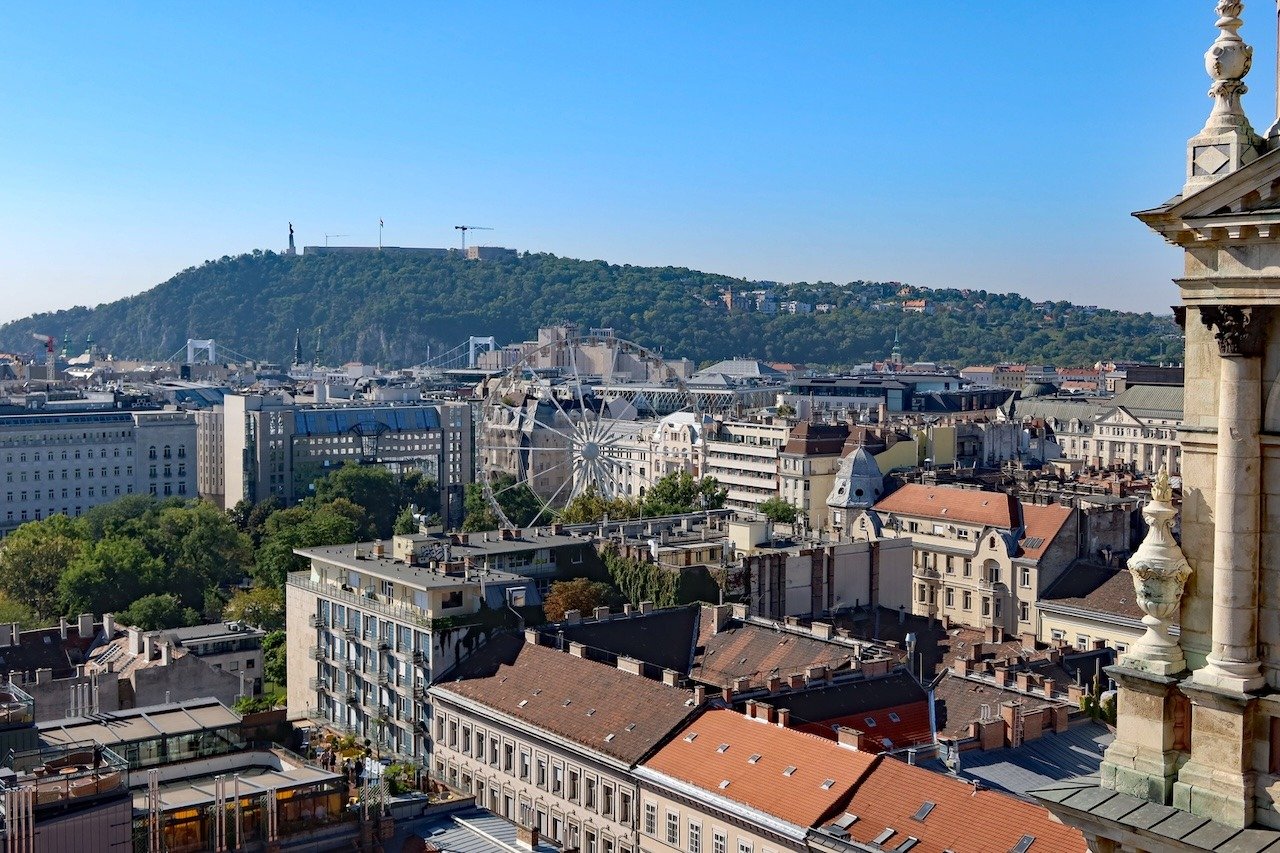
District 6: Terézváros
Situated just beyond the city center, Terézváros is a district of elegance and culture, best known for its grand Andrássy Avenue, a beautiful tree-lined street with historic mansions, designer boutiques, and the magnificent Hungarian State Opera House. This neighborhood is also home to Heroes’ Square, one of Budapest’s most iconic landmarks, which serves as the entrance to City Park (Városliget)—a sprawling public green space that houses Széchenyi Thermal Baths, Vajdahunyad Castle, and the Museum of Fine Arts.
With a mix of luxury hotels, stylish apartments, and budget-friendly stays, Terézváros offers a fantastic location for travelers who want to be close to the city’s cultural treasures while enjoying a vibrant but more refined atmosphere. Its combination of history, architecture, and accessibility makes it a great base for exploring Budapest.
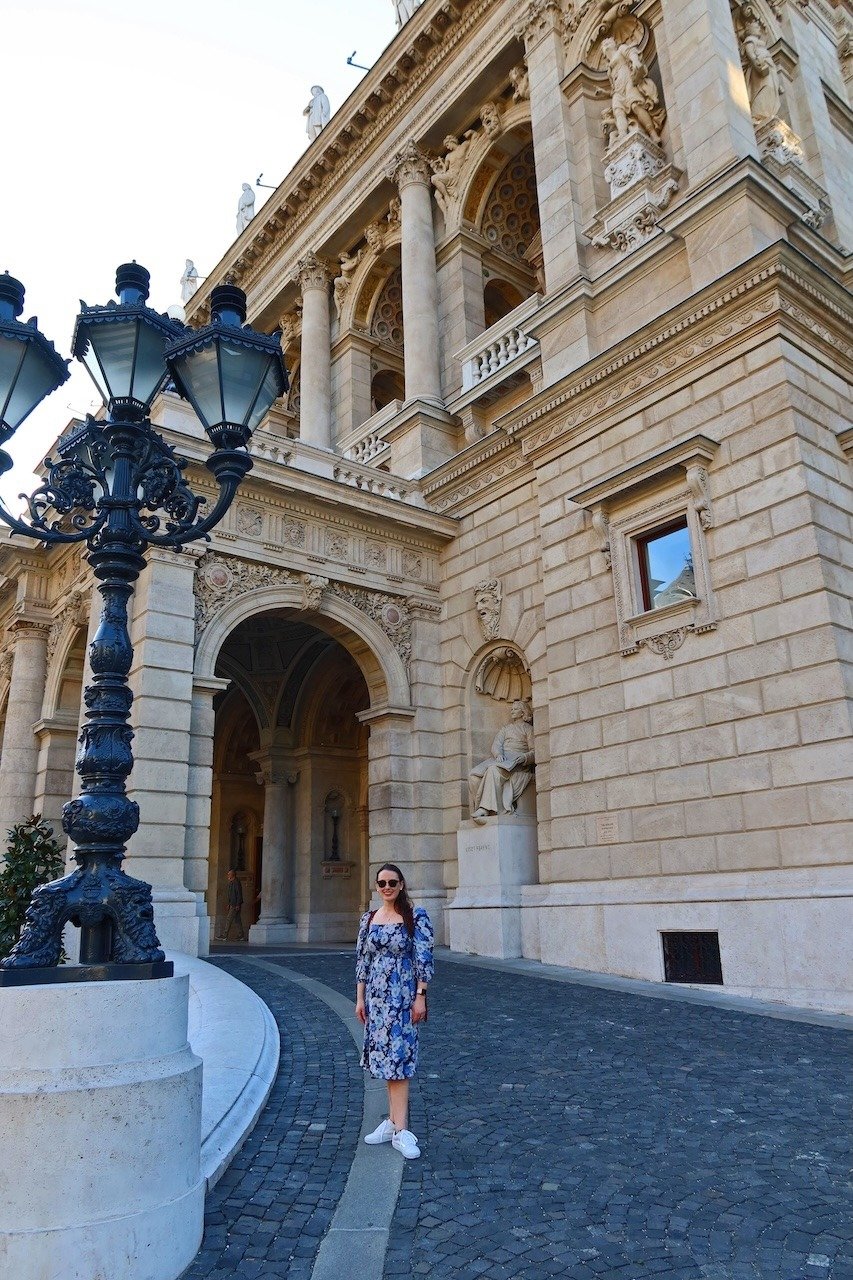
District 7: Jewish Quarter (Erzsébetváros)
Once the heart of Budapest’s Jewish community, District 7 has transformed into the city’s trendiest and most vibrant neighborhood, filled with bars, street art, and a thriving nightlife scene. It is home to the Dohány Street Synagogue, the largest synagogue in Europe, as well as the Jewish Museum and Holocaust Memorial. The area is packed with eclectic restaurants, boutique shops, and the famous Szimpla Kert, the original ruin bar.
While the Jewish Quarter can be noisy at night due to the abundance of bars and clubs, it is an excellent neighborhood for young travelers, food lovers, and those looking to enjoy a lively nightlife. Accommodations in this neighborhood range from stylish boutique hotels to budget-friendly hostels, making it a great choice for an immersive Budapest experience.
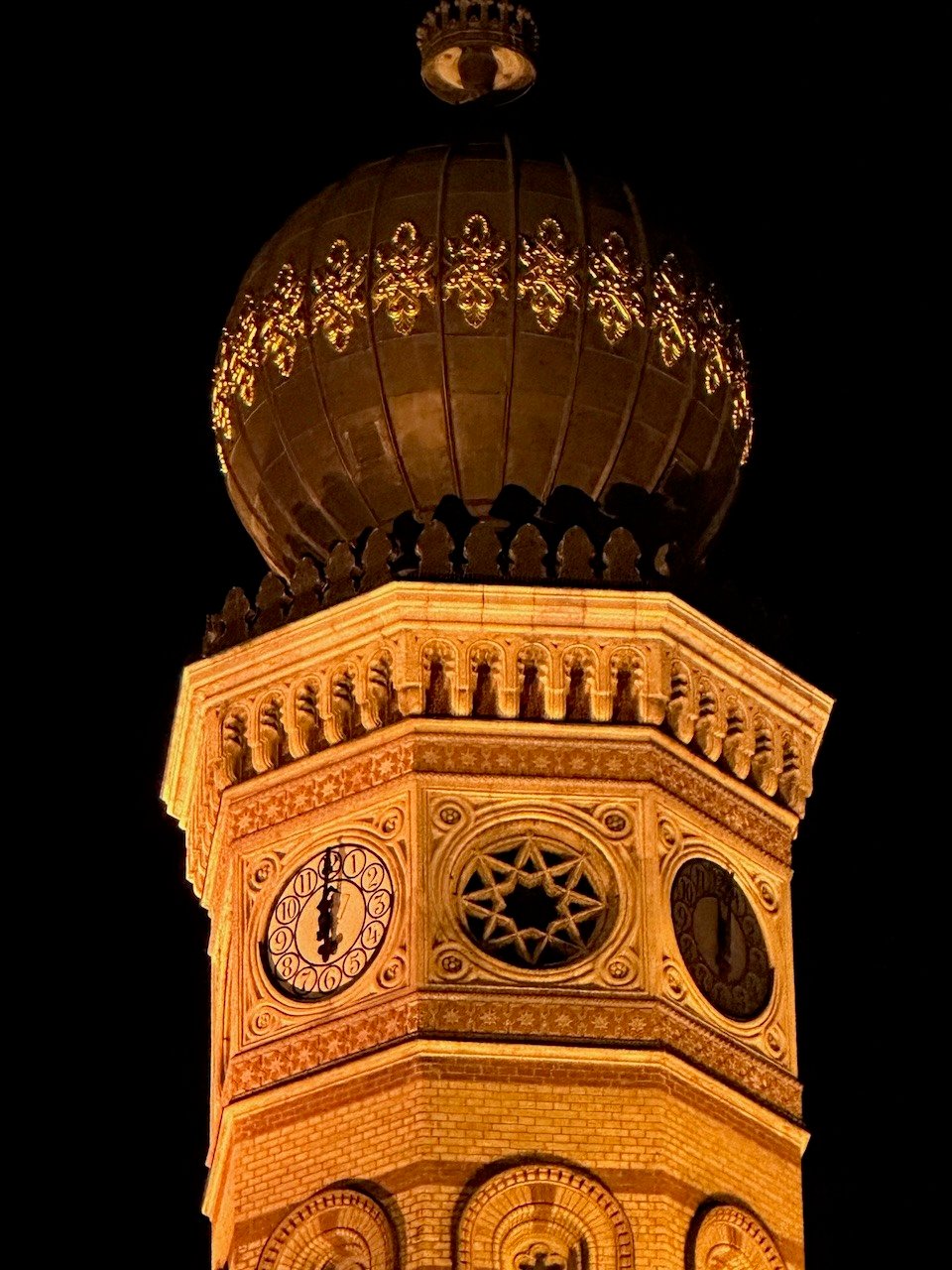
District 9: Ferencváros
Once an industrial area, Ferencváros has undergone significant revitalization and is now a dynamic neighborhood with a mix of historic charm and modern development. The Great Market Hall, one of Budapest’s most famous landmarks, is located here, offering visitors a chance to sample traditional Hungarian food and shop for local goods. The district is also home to the National Theatre, Palace of Arts (Müpa Budapest), and the Ludwig Museum, making it an appealing area for culture enthusiasts. However, Ferencváros is most famous for its football (soccer) team - Ferencvárosi Torna Club, also known as Fradi. They are the most successful football club in Hungary both domestically and internationally.
With a growing number of stylish hotels and apartments, District 9 is a good option for those looking to stay slightly outside the main tourist zones while still having easy access to the city center via public transport.
Expedia's Guide to Ferencváros >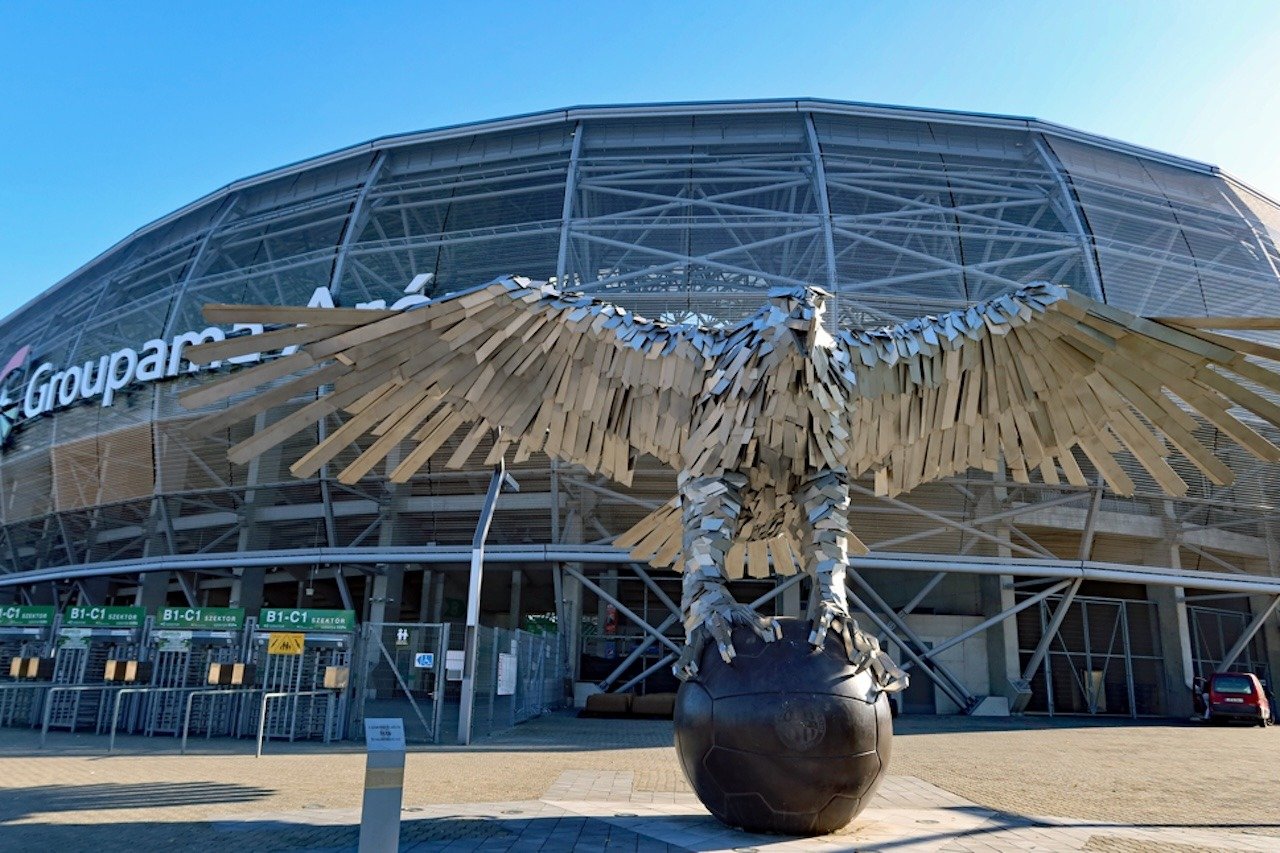
District 14: Zugló
Known for its green spaces and residential feel, Zugló is home to City Park (Városliget), one of Budapest’s largest recreational areas, featuring Széchenyi Thermal Baths, Vajdahunyad Castle, and the Budapest Zoo. It is a quieter district compared to the more central areas, making it a great option for families or travelers looking for a relaxing stay.
While it is not as well-connected to nightlife and other major tourist attractions, Zugló offers a peaceful retreat with easy public transport links to the city center. Accommodations here tend to be more affordable, making it a good choice for budget-conscious travelers.

Our Take on Budapest
During our first trip to Budapest we stayed at the Pullman Budapest (formerly the Hard Rock Hotel Budapest) in the 6th District (Terézváros). We loved being walking distance to so many attractions like St. Stephen's Basilica and the Opera House. Plus, local transit nearby made getting to and from the Budapest-Keleti Station a breeze. The Pullman Budapest (formerly the Hard Rock Hotel Budapest) was also gorgeous and such a comfortable stay. It is easily one of our favorite hotels in Europe!
On our first visit to Budapest, we stayed for only three nights, and it was surprising to realize that such a brief stay hardly scratched the surface on all that this incredible city has to offer! For the first time visitor, three nights is a great introduction to Budapest and gives you time to explore some of the highlights (like St. Stephen's Basilica, Fisherman's Bastion, a Danube sunset cruise, Great Market Hall, etc.), but four nights (or more) is ideal if you are looking to check off a lot of things on your must-see list, enjoy a day at the thermal baths, and not feel too rushed. For second trip to Budapest in May 2025, we stayed for five nights at the Budapest Marriott Hotel (even splurging for a room with a view of the Danube River), allowing us more time to explore the Paris of the East and indulge in lots of delicious paprika chicken and lángos!
We always say that old cities like Budapest are best seen on foot, and having a hotel within walking distance of the major attractions allows us to fully immerse ourselves in the city's charm. We love strolling through the picturesque and tree-lined streets, discovering hidden gems, and stopping at delightful cafés along the way. Every hotel we recommend, whether from our own experience or that of friends and family, is conveniently located within walking distance of Budapest's top attractions. It is also worth noting that they are all located on the Pest side of Budapest, since as a tourist that is likely where you will spend the bulk of your time. Without further ado, here are some of the hotels we can highly recommend in Budapest:

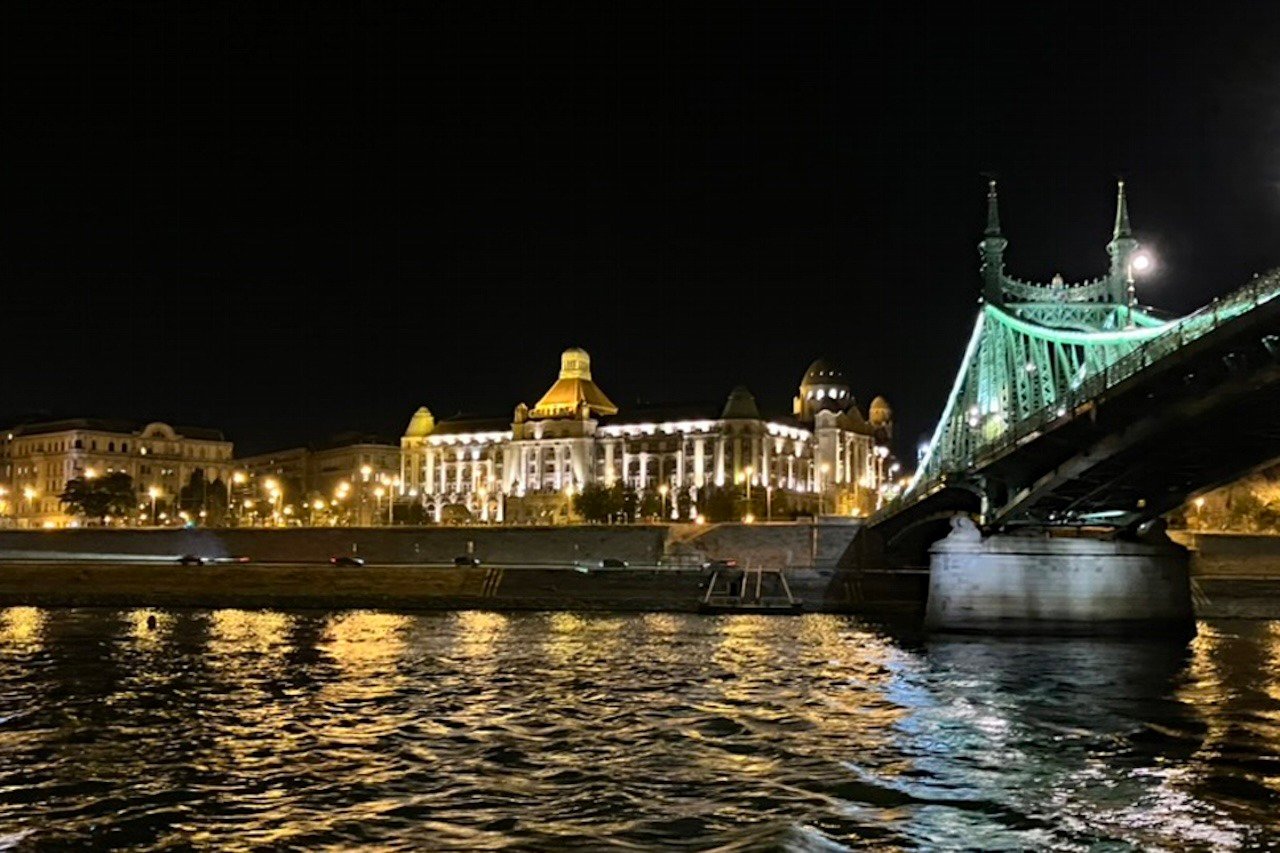
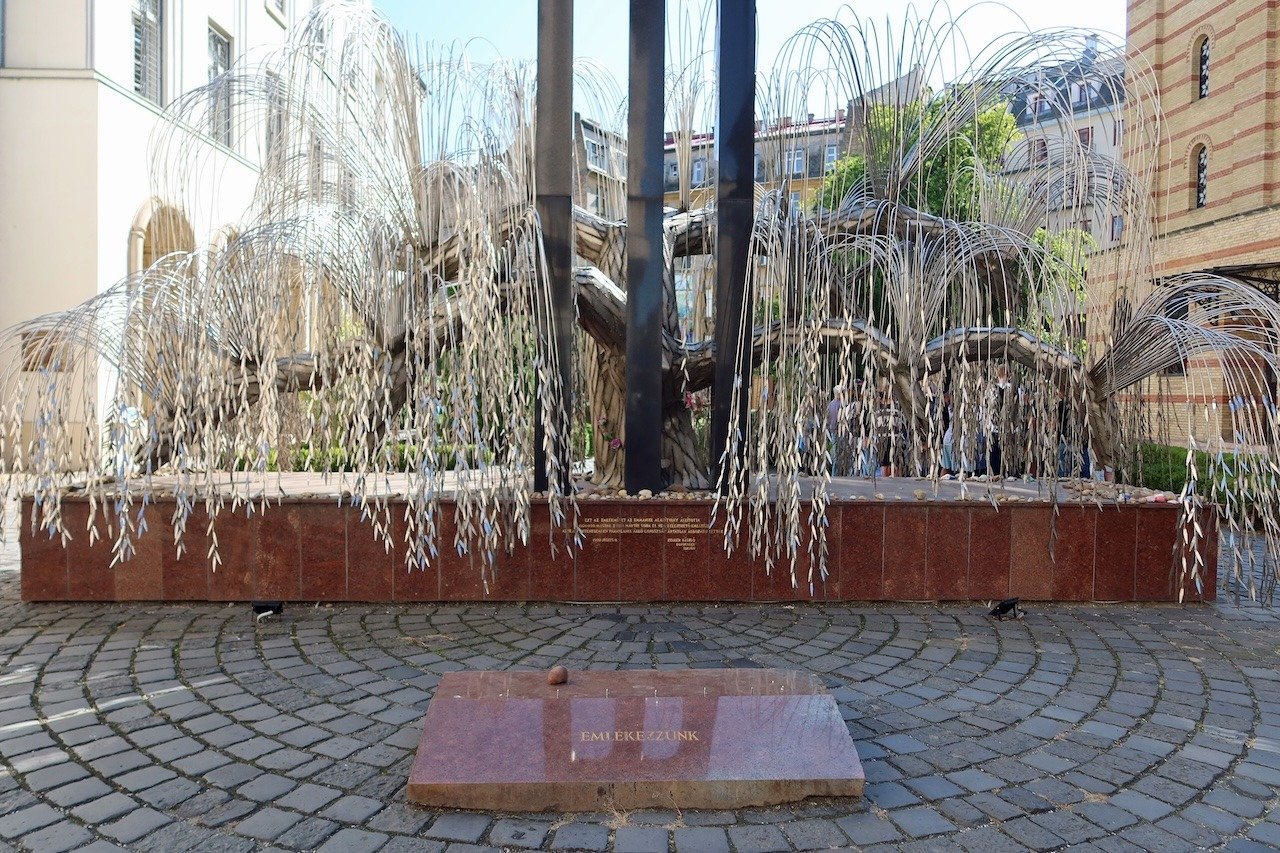
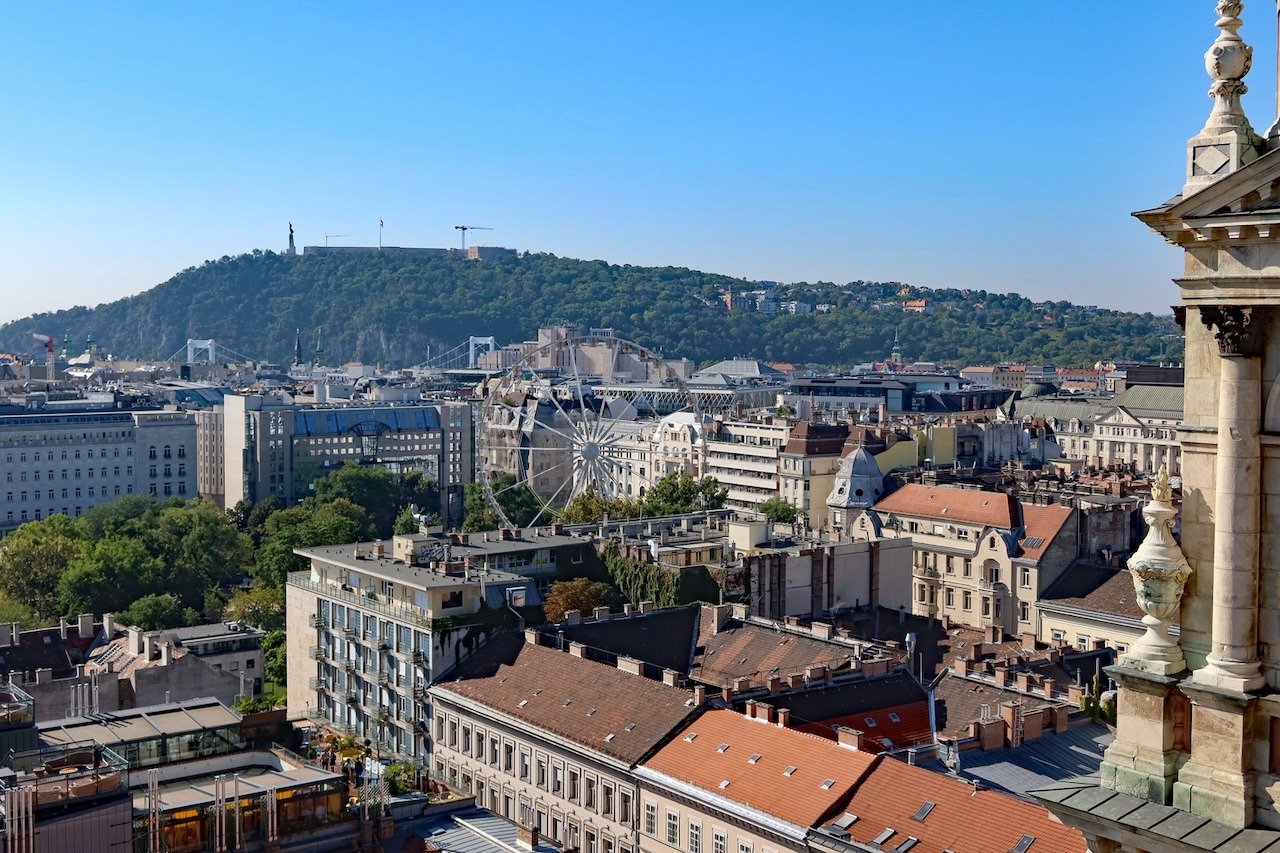
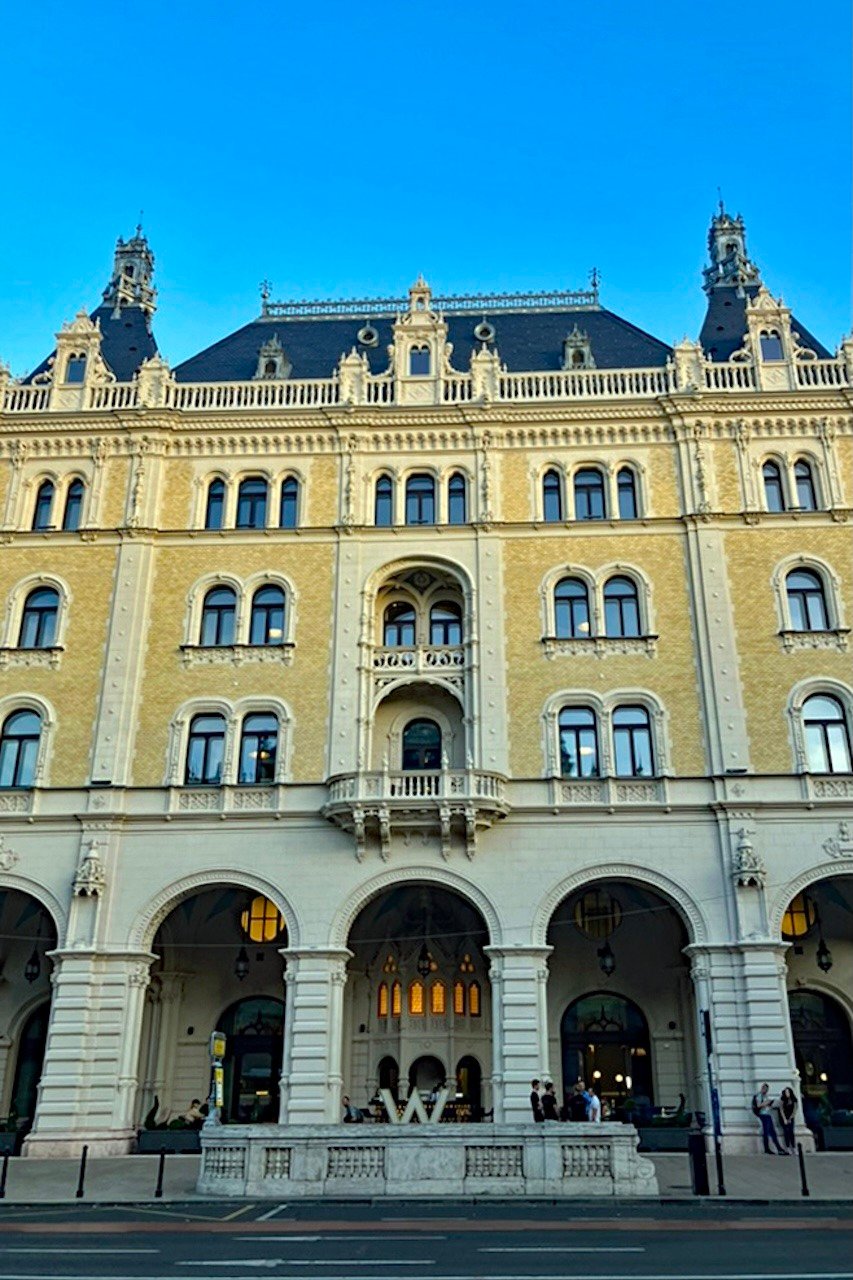
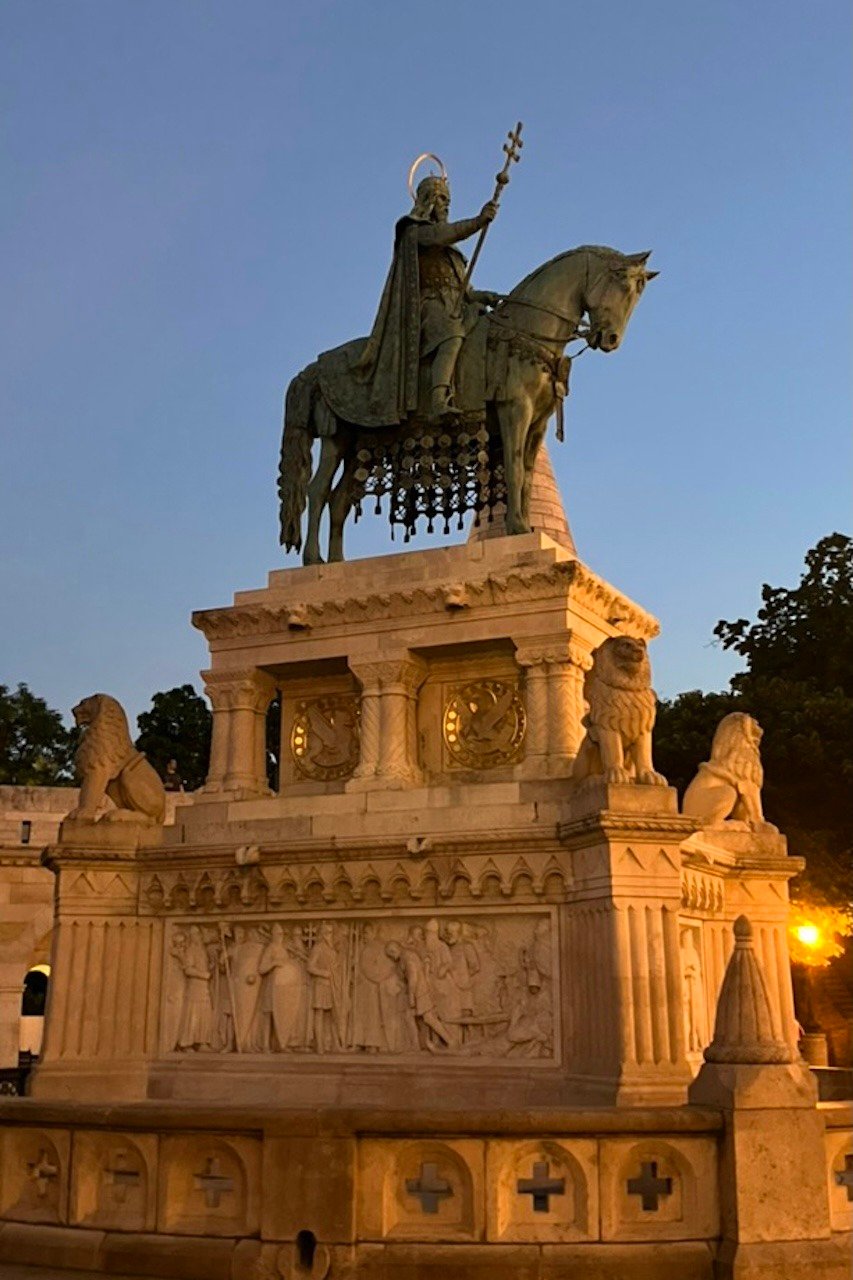

Day Trips from Budapest
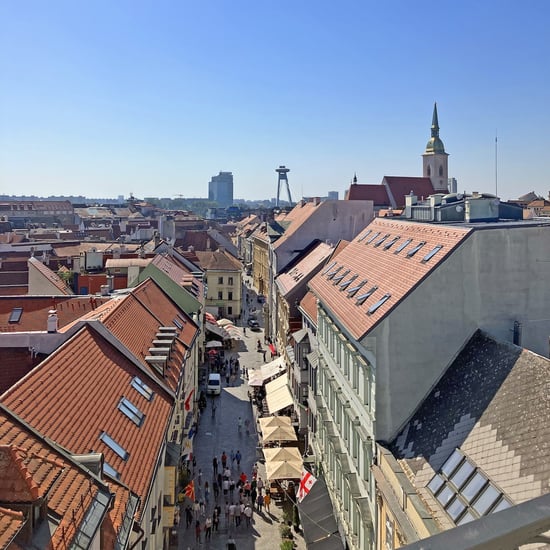
Bratislava
Budapest Travel Guide: Additional Resources for Visiting the Paris of the East and City of Spas
-

Top 10 Things to Do in
Budapest:
A Curated Guide
-

Thermal Baths in Budapest:
A Guide to the City's
Favorite Spas
-

St Stephen's Basilica
Budapest:
From Sacred Relics to
Stunning Views
-

Why a Budapest Food Tour
Belongs on Your Itinerary
-

Essential Budapest
Travel Tips:
What First-Time Visitors
Need to Know
-

Top Budapest Restaurants
For Every Budget:
Fine Dining to Street Food
-

Visit Buda Castle:
A Guide to Budapest's
Royal Palace
-

Inside the Hungarian
Parliament Building:
Tour Tips & Highlights
-

Must-See Budapest
Attractions: Castles,
Baths, & More
-

One Day in Budapest:
What to See, Eat, & Experience
-

12 Best Tourist Attractions
in Budapest
(Top Sights You Can't Miss)
Looking for more Budapest content?
Check out the Jetset Seeker Blog!
Looking for more Vienna content?
Check out the Jetset Seeker Blog!
Nearby Destinations
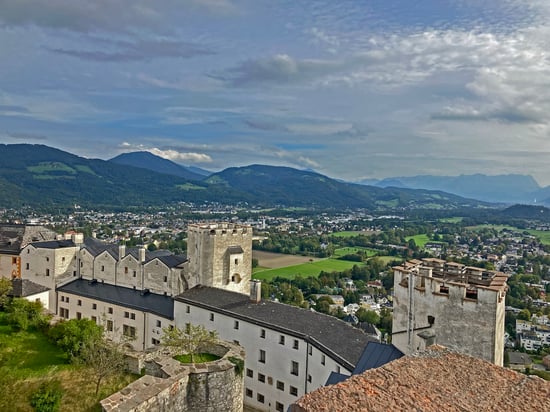
Salzburg, Austria

Munich, Germany

Our Budapest Travel Guide & Trip Planning Resources
Curious about the resources that shaped our trip to Budapest? Dive into the links below for additional insights and valuable information we used to plan our own trip.
What other honeymooners say


Laboris nisi ut aliquip ex ea commodo consequat. Duis aute irure dolor in reprehenderit in voluptate velit esse cillum dolore eu fugiat nulla pariatur. Excepteur sint occaecat cupidatat non proident, sunt in culpa qui officia deserunt mollit anim id est laborum.”

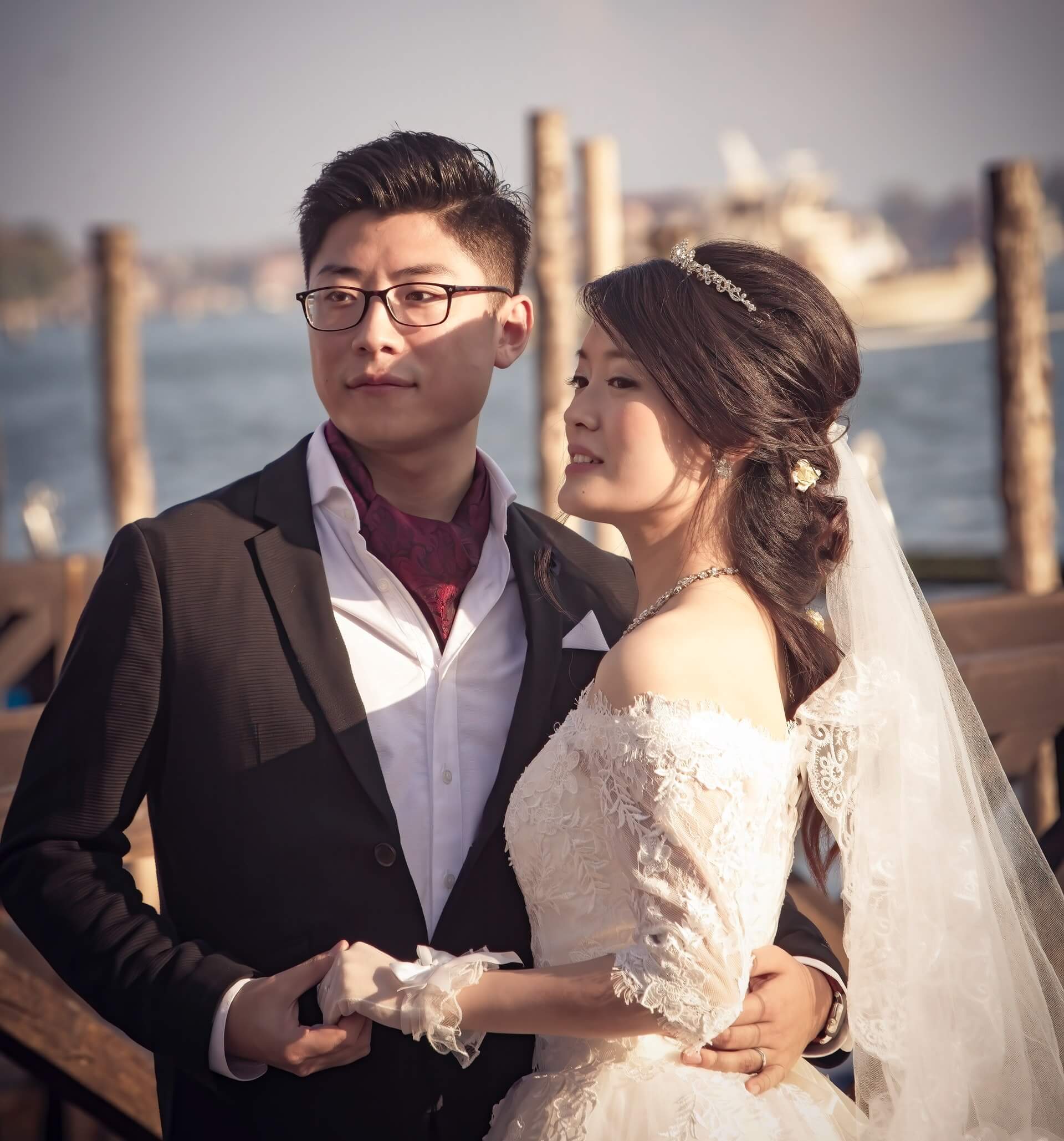
Laboris nisi ut aliquip ex ea commodo consequat. Duis aute irure dolor in reprehenderit in voluptate velit esse cillum dolore eu fugiat nulla pariatur. Excepteur sint occaecat cupidatat non proident, sunt in culpa qui officia deserunt mollit anim id est laborum.”


Laboris nisi ut aliquip ex ea commodo consequat. Duis aute irure dolor in reprehenderit in voluptate velit esse cillum dolore eu fugiat nulla pariatur. Excepteur sint occaecat cupidatat non proident, sunt in culpa qui officia deserunt mollit anim id est laborum.”
Tokyo Itineraries


%20(1).png?width=3690&height=2079&name=Jetset%20Seeker%20Logo%20(Banner)%20(1).png)





